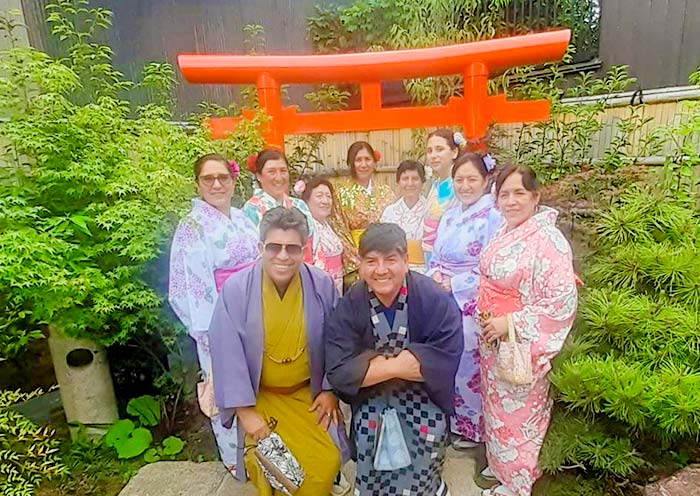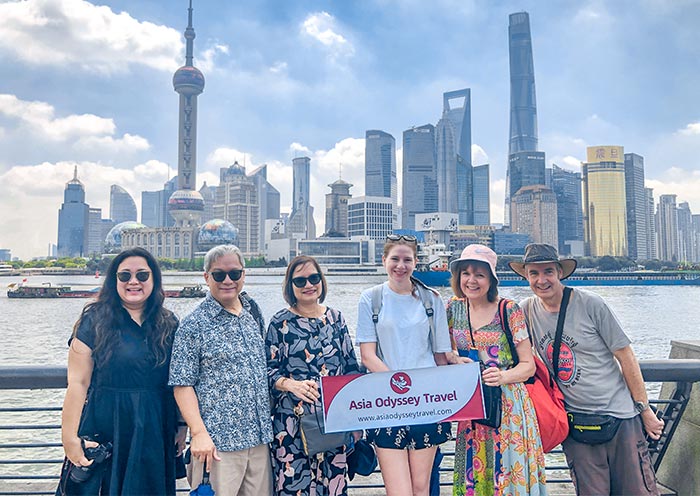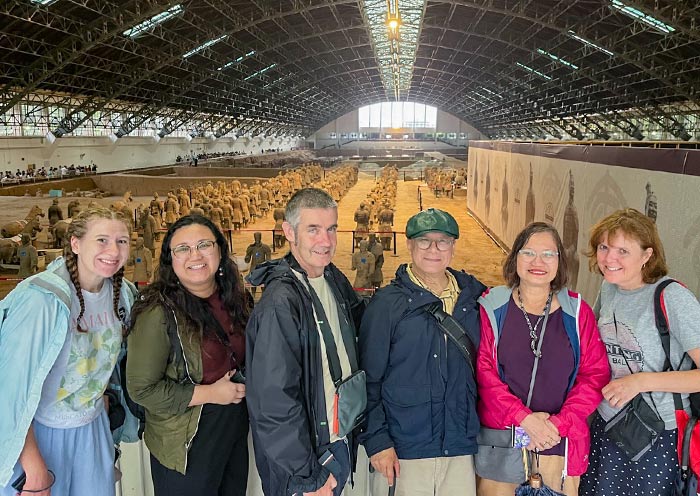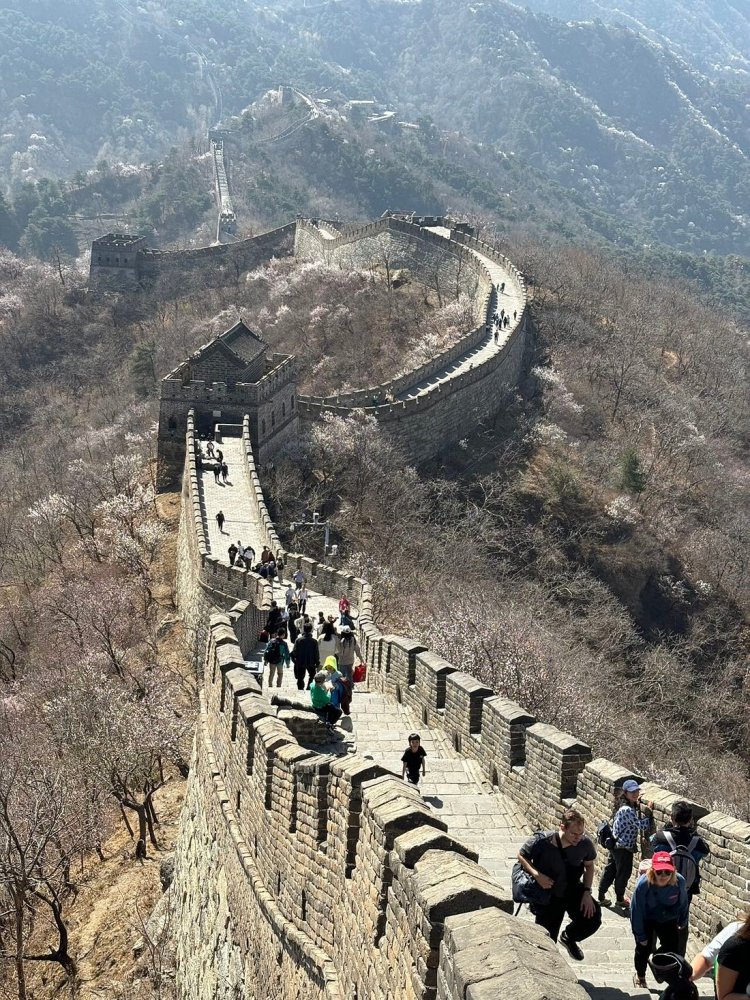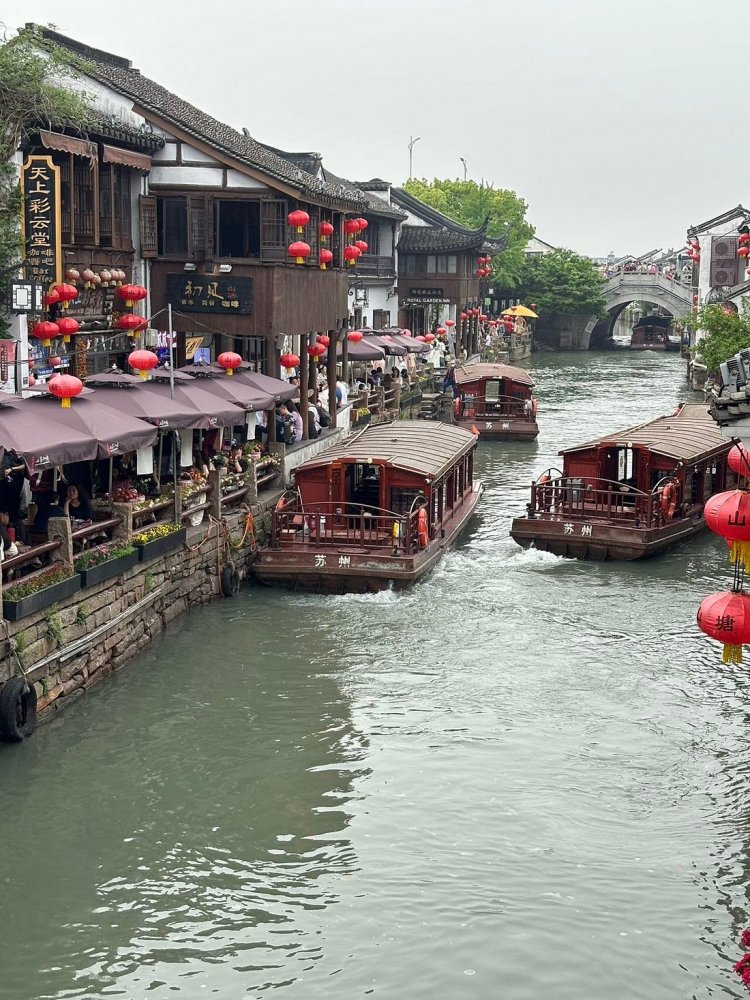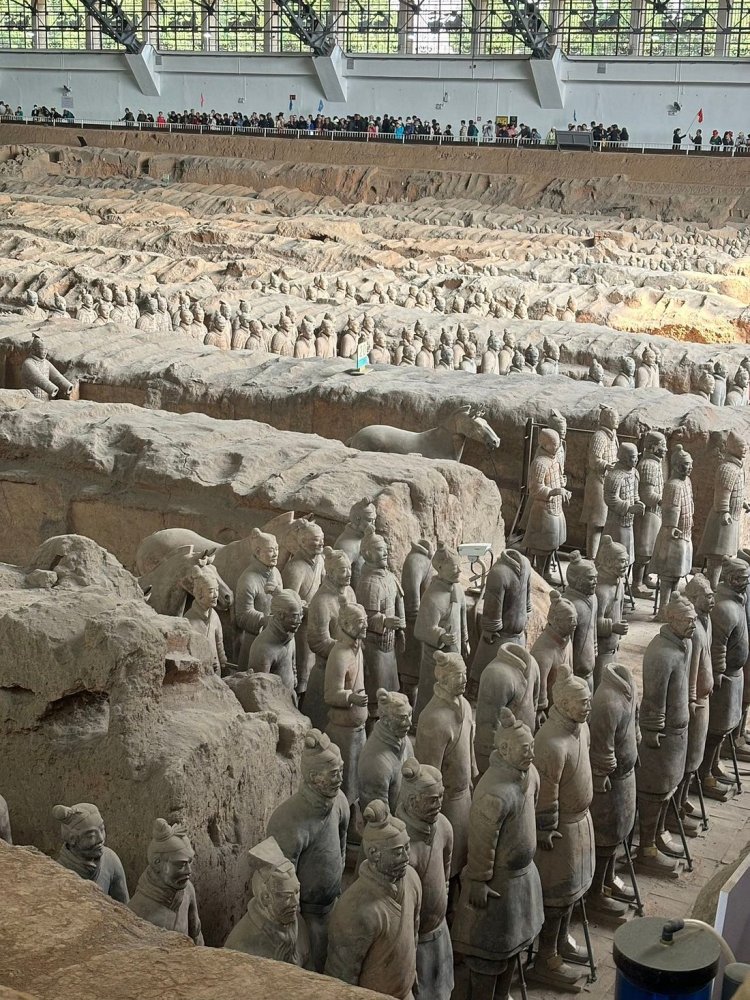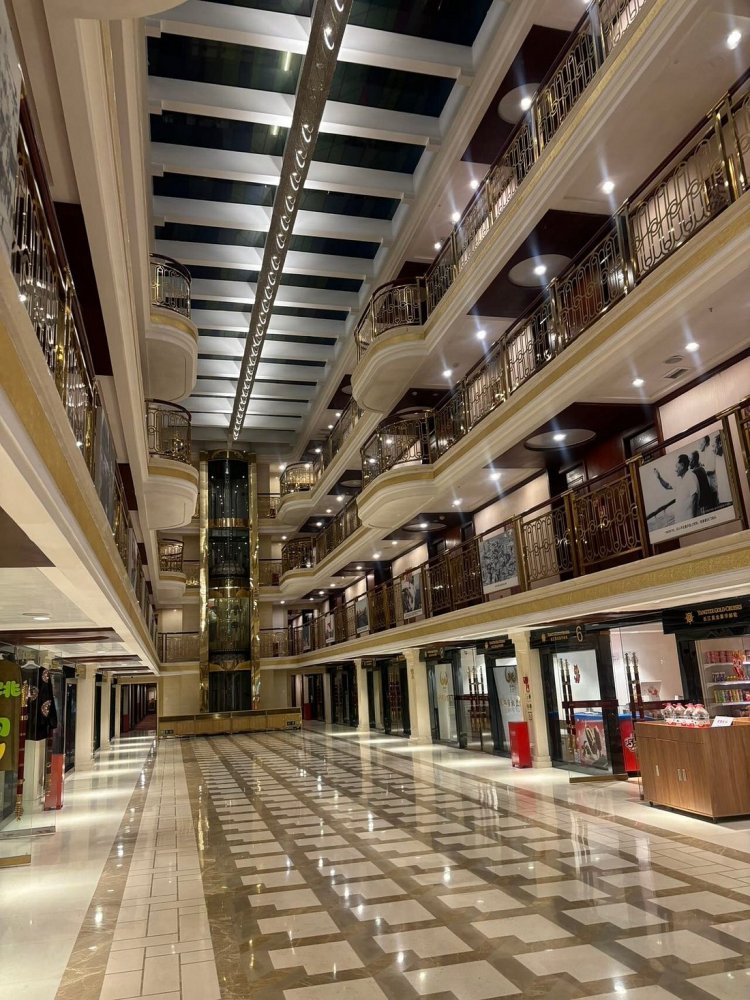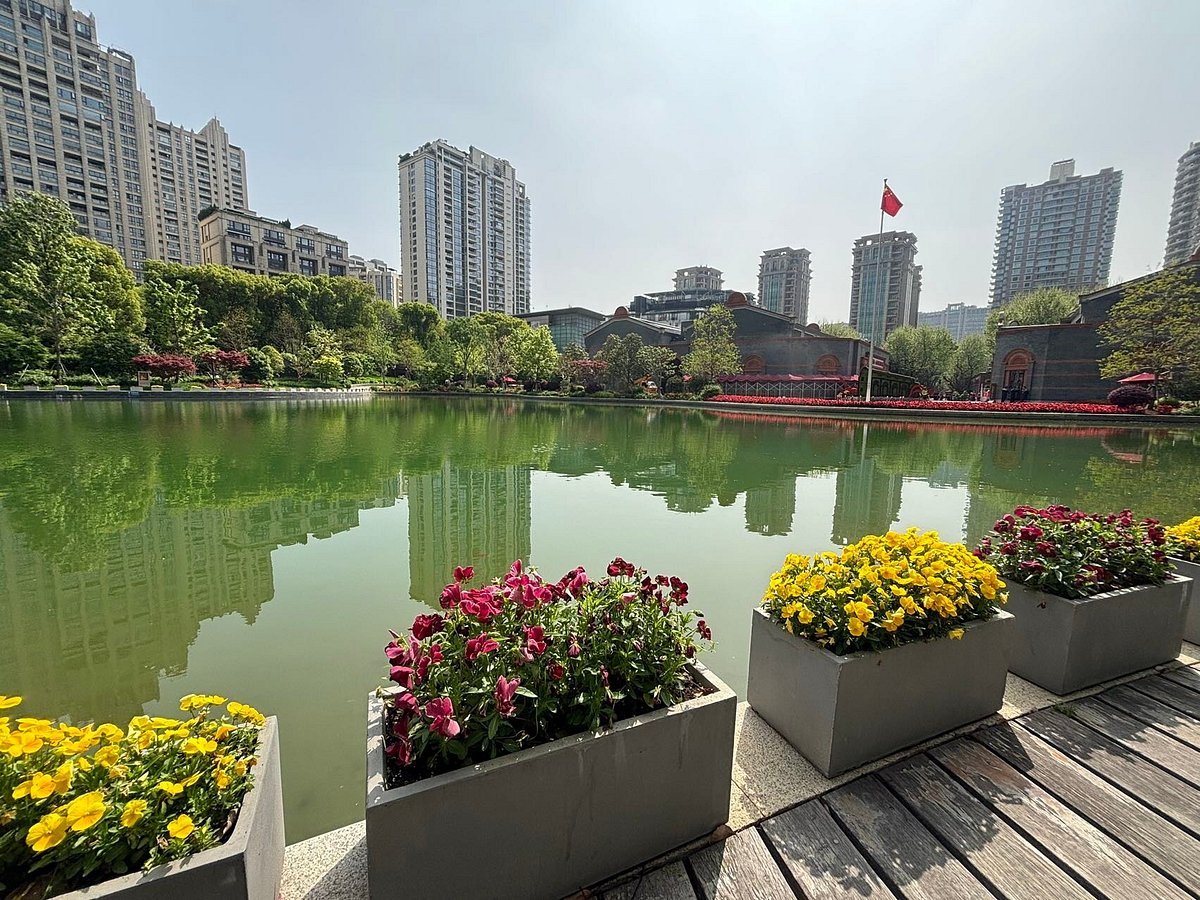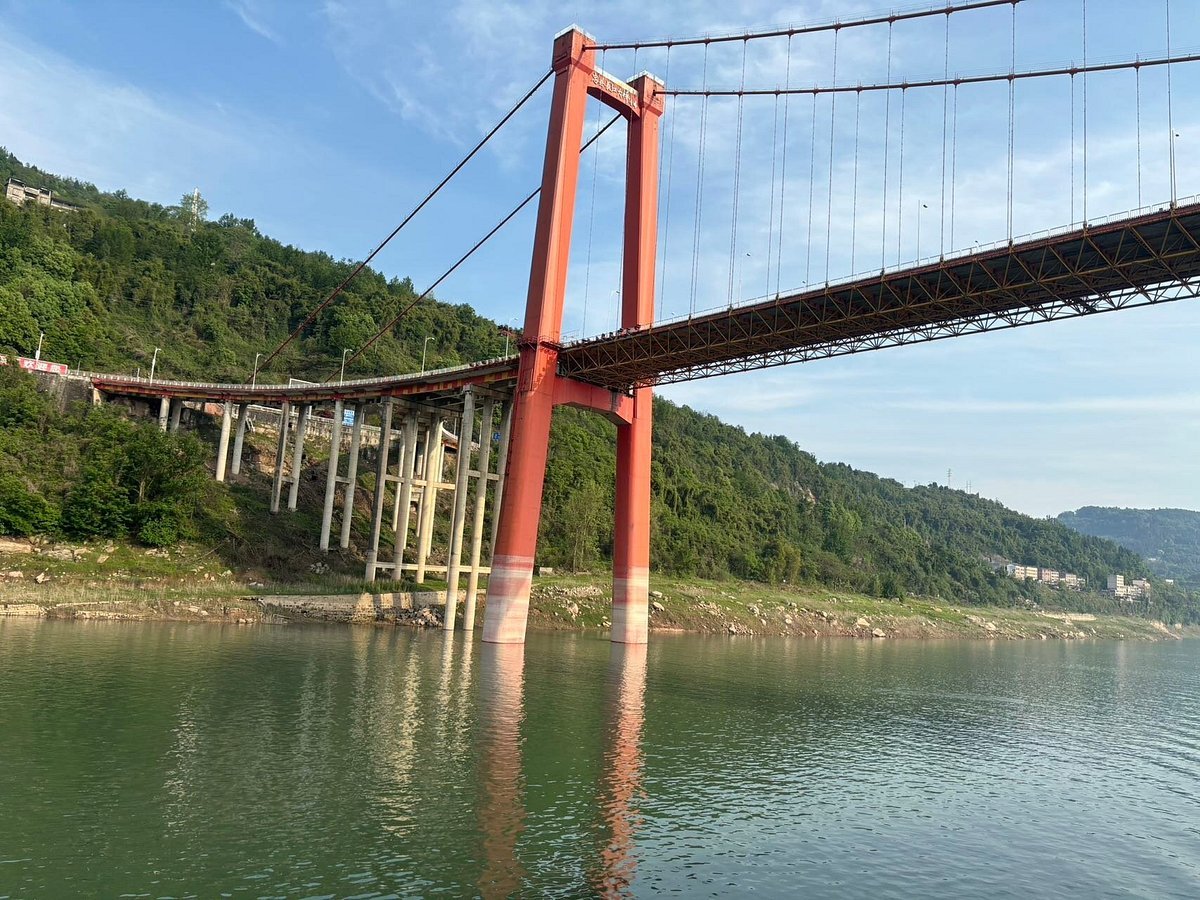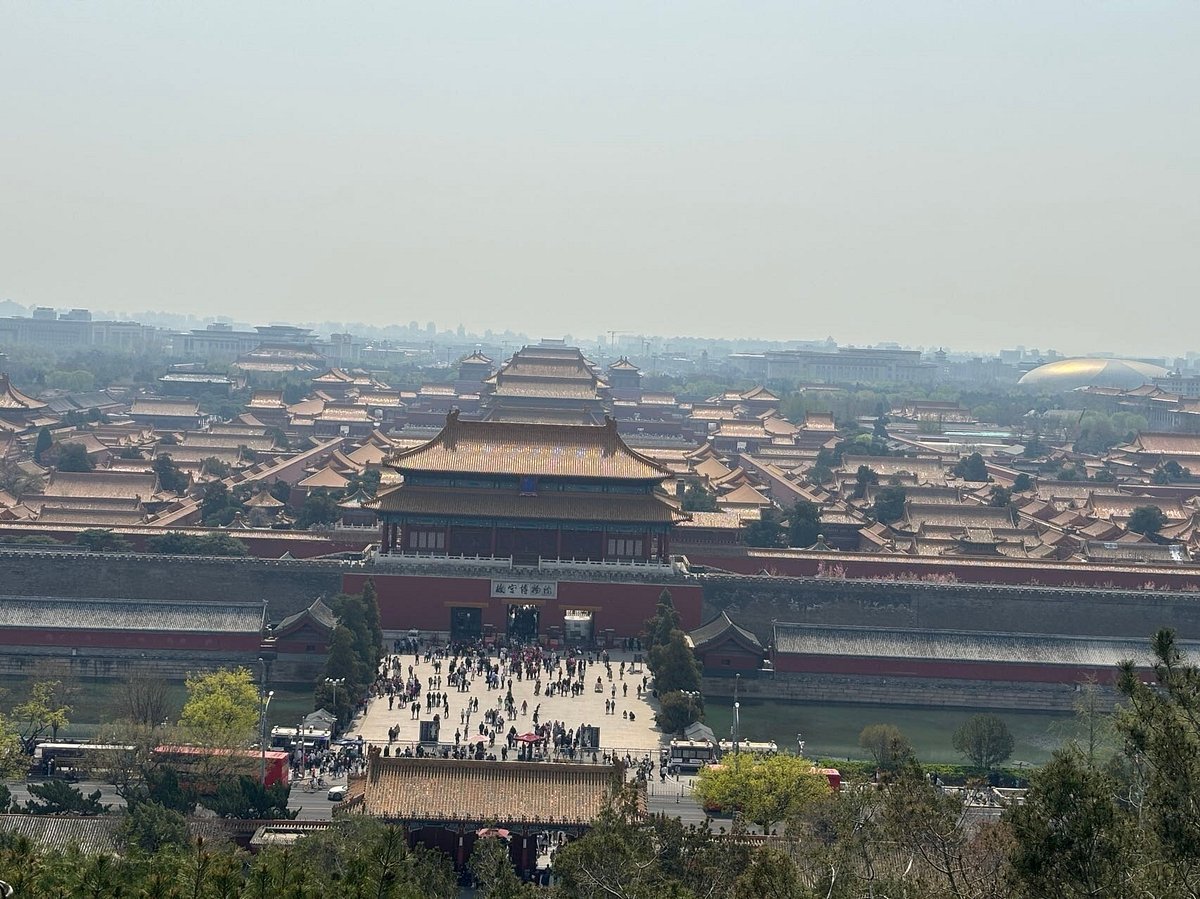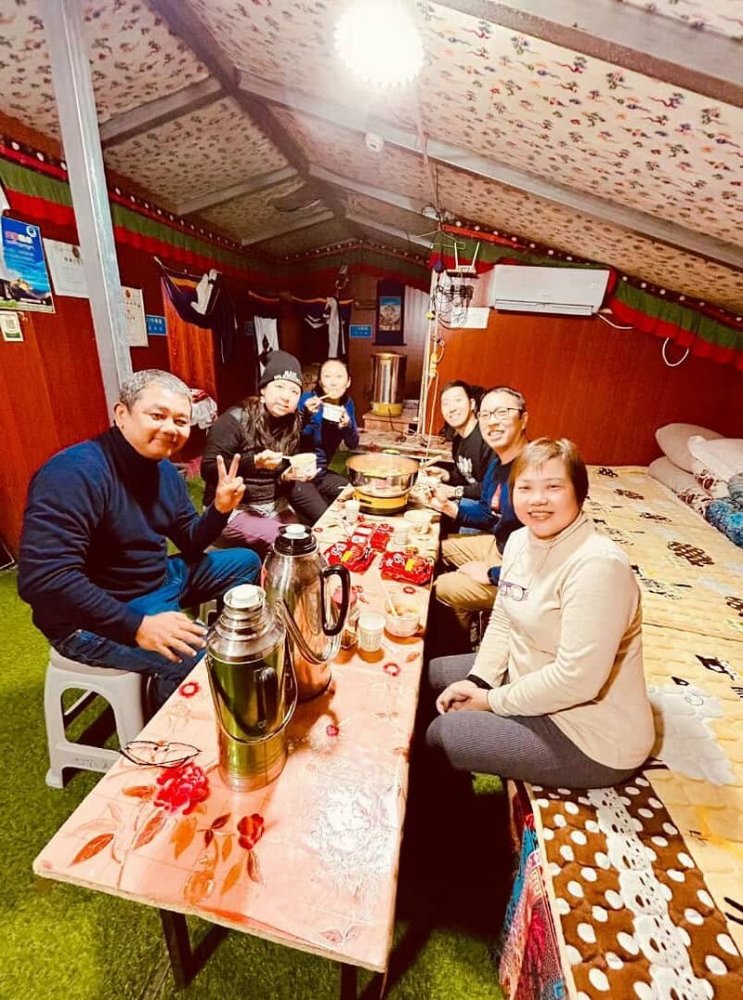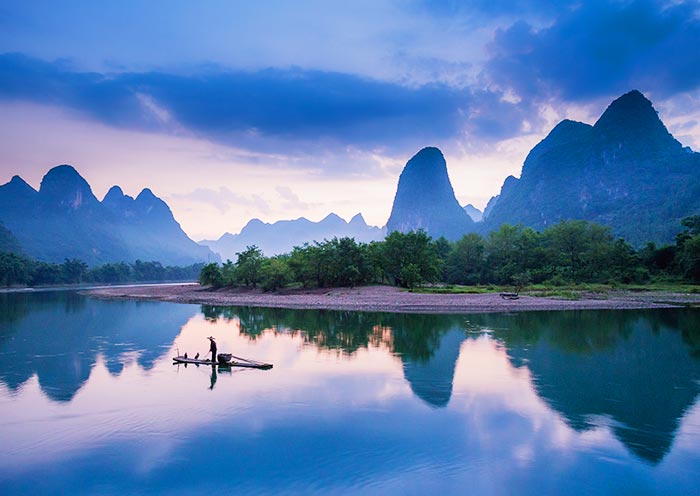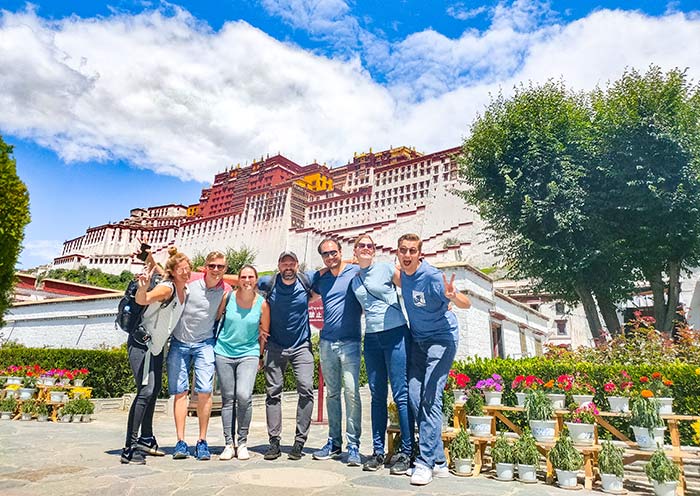16 Days China Japan Group Tour: Classic Route (Beijing to Tokyo)
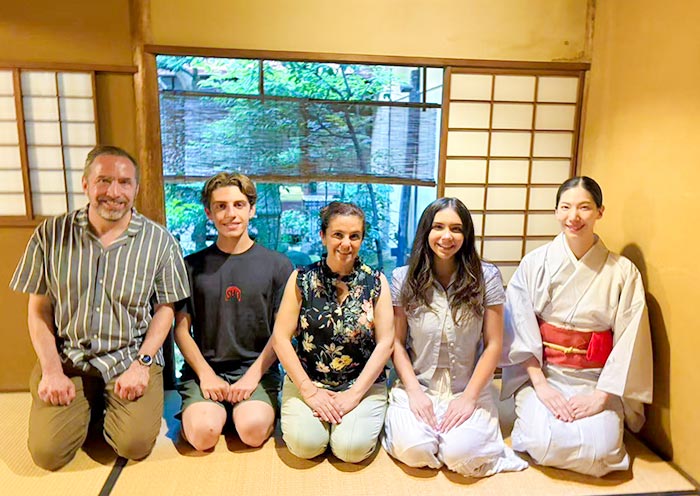
-
Tour Code: AOT-CNJP-02
-
Travel Route: Beijing - Xian - Shanghai - Osaka - Kyoto - Nara - Osaka - Hiroshima - Osaka - Tokyo - Mt. Fuji - Tokyo
-
Features: Culture, Nature, World Heritage, Temples, Shrines, Mountains, Modern Cityscape, Shopping, Food
-
Tour Type: Maximum 16 Pax
-
Guide & Driver: English-speaking guide, experienced driver with an air-conditioned vehicle
-
Accommodation: 3-star hotels in China and 4-star hotels in Japan
Lowest Price Guarantee. Reserve Now and Pay Later.
- Itinerary
- Dates & Price
- Accommodation
- Trip Notes
- Reviews
First time traveling to Asia? Skip the stress of planning! This 16-Day China & Japan Group Tour takes care of everything for you. Designed specifically for the first-time international traveler, this product offers the Smart-Value way to experience two of Asia's most captivating nations.
We seamlessly guide you through China's essential historical and modern core - the "Golden Triangle" (Beijing, Xi'an, Shanghai) - before transitioning you to the rich traditions and forward-looking energy of Japan's Kansai and Kanto regions: Osaka, Hiroshima, Kyoto, Nara, Mount Fuji, and Tokyo.
Travel in small group (Maximum 16 Pax) for a personalized journey that’s budget-friendly yet high in quality, curated by Asia Odyssey Travel. Include multiple domestic/international flights (e.g., Shanghai-Osaka) and Shinkansen (Bullet Train) tickets, allowing for the most economical and smooth transition between cities and countries.
Enjoy licensed local guides, handpicked hotels, and 24/7 on-trip support, backed by 15+ years of local expertise
Itinerary Day by Day
- 2025 Itinerary
- 2026 Itinerary
Nihao! Welcome to Beijing, the capital city of China! Upon your arrival at the airport/train station in Beijing, the driver will meet and greet you at the exit, and then escort you to the well-selected hotel in downtown Beijing. The rest of the day is free on your own so you can have a good rest for the jet lag or explore by yourself around your hotel.
Arrival Ideas:
Beijing is well connected by air and high speed rail. There are two airports - Beijing Daxing International Airport and Beijing Capital International Airport operating many international and domestic airlines. Travelers can go to Beijing by air from most cities of China, like Hong Kong, Shanghai, Guangzhou, Chengdu, Xian, Guilin, Hangzhou, Kunming, Wuhan, Xiamen, Guiyang, Chongqing, and Lanzhou. In addition, travelers can take the high speed train to Beijing from Xian (4-5 hours), Shanghai (4.5-6 hours), Zhengzhou (2.5-3 hours), Wuhan (4-5 hours), Harbin (5-5.5 hours), etc.
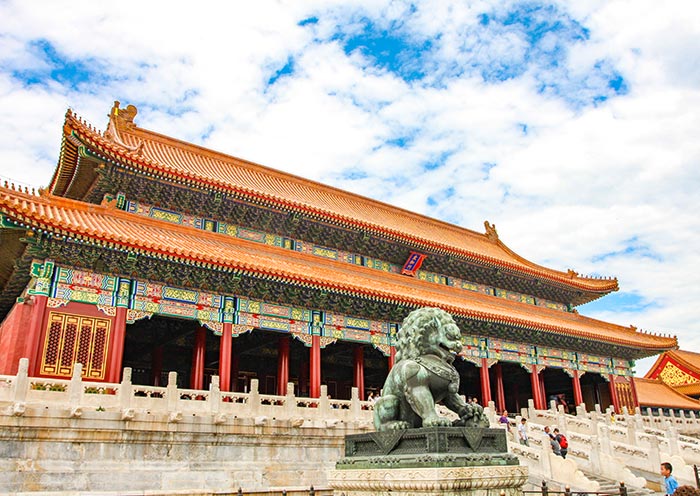
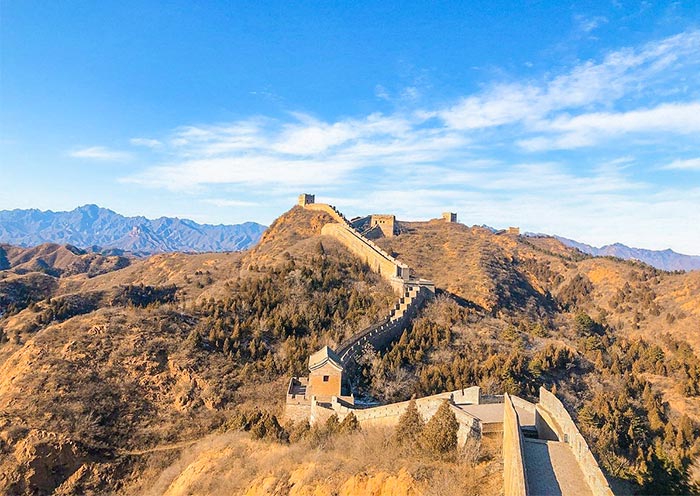
Attractions
explore freely today
Transportation
arrive in Beijing by yourself
Dining
None
Accommodation
3-star hotel in downtown Beijing
Today you will spend the whole day exploring the ancient citadel of Beijing through China's famous landmarks, imperial grandeur, and royal gardens.
After breakfast, your guide will pick you up at your hotel and head to Tiananmen Square, the world's largest public square and symbol of China. It has witnessed many major events in China's history over the past decades, and from here you can take great photos of Tiananmen Gate, seen daily on CCTV News.
Walking across the square, you will visit the mighty and splendid Forbidden City, the world's largest palace complex and former home of 24 Chinese emperors. Listed as a UNESCO World Heritage site, the Forbidden City has about 500 years of history, serving as the political and ritual center of China during the Ming (1368-1644) and Qing (1644-1911) dynasties. With over 8,700 rooms, it is not only China's largest and best-preserved collection of ancient buildings, but also a city within a city, like the Vatican in Rome. Enter through the Meridian Gate and visit along the central axis to ensure you see all the highlights. Admire the brilliant architecture and numerous ancient treasures while listening to your guide share stories of the emperors who once lived here.
Later, take a 15-minute walk up to Jingshan Park, where you can enjoy magnificent panoramic views over modern Beijing and the Forbidden City's russet roofs.
In the afternoon, drive to the Summer Palace, the "Museum of Royal Gardens," once a summer retreat for royal families. The grounds, temples, gardens, pavilions, lakes, bridges, gate-towers, and corridors are marvels of landscape design. Take a leisurely stroll to appreciate the imperial architecture, hilltop views, and beautiful lakes, which offer a pastoral escape into the landscapes of traditional Chinese painting.
(Travel Note: Travel Note: The Forbidden City in Beijing is closed on Mondays. If your tour falls on that day, the itinerary will be adjusted to ensure you visit the Forbidden City.

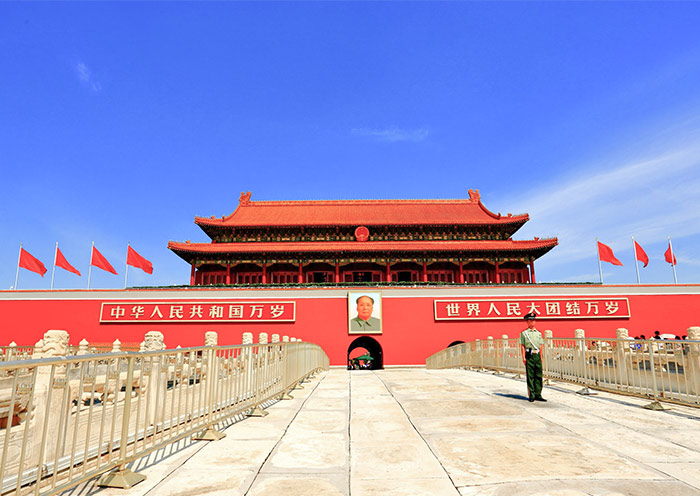
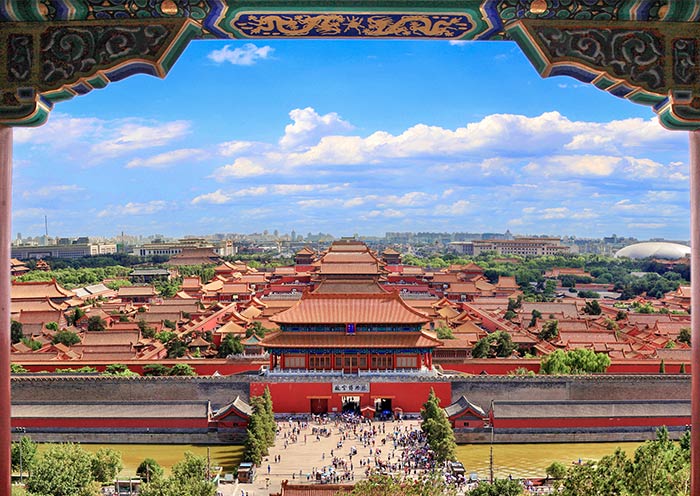

Attractions
4 iconic sites
Transportation
vehicle
Dining
Breakfast,Lunch
Accommodation
3-star hotel in downtown Beijing
In this morning, you will head northwest of Beijing (about 1.5-2 hours’ drive, 73km) to the Great Wall at Mutianyu. The Great Wall boasts a history over 2,000 years and stretches more than 3,000 miles across several provinces of northern China, making it one of the most impressive ancient masterpieces on the planet. Mutianyu Great Wall is connected with the Jiankou Great Wall in the west and the Gubeikou Great Wall in the east. Mutianyu is the longest and best fully-restored Great Wall with fewer tourists and is also famed for its 23 Ming-era watchtowers and stunning views. Take the cable car up to the 14th watchtower and then enjoy the memorable hiking time on the wall while visiting its western route. With the green pines and cypresses covering the surrounding area, and the winding wall standing majestically on the vast land, you will capture the most stunning natural scenery in this section. Challenge yourselves while climbing up to the 20th watchtower where you could fulfill your Great Wall dream. Cherish the chance and take photos as many as you like!
After the once-in-lifetime experience, head back to downtown Beijing and have the chance to take photos with the exterior of the Bird's Nest (Beijing National Stadium) and Water Cube (Beijing National Aquatics Center). They were both designed for the 2008 Beijing Olympics and used for the 2022 Winter Olympic Games.
After that, transfer back to your hotel and have a good rest tonight.

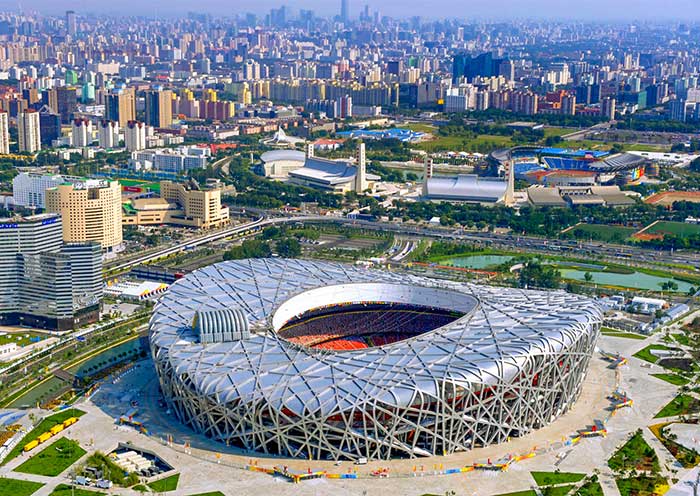

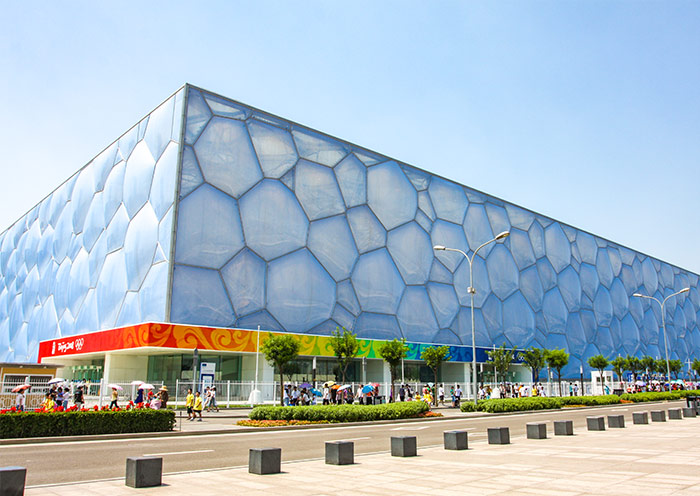
Attractions
3 sites
Transportation
vehicle
Dining
Breakfast,Lunch
Accommodation
3-star hotel in downtown Beijing
Transfer via: High speed train Beijing-Xian arranged by AOT (second class seat).
On this day, you will have free time till your driver escorts you to the train station for a high-speed train to Xian (about 4.5-5.5 hours). Welcome to Xian, the capital of 13 ancient Chinese dynasties! Upon arrival at the train station, your driver will greet you at the exit and escort you to your hotel in Xian.
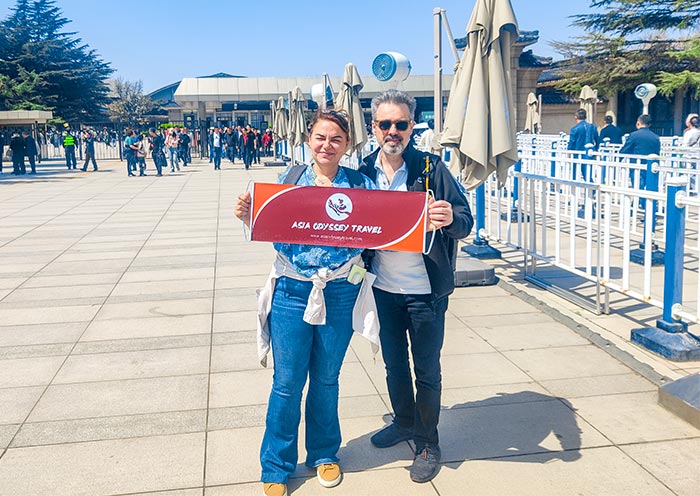
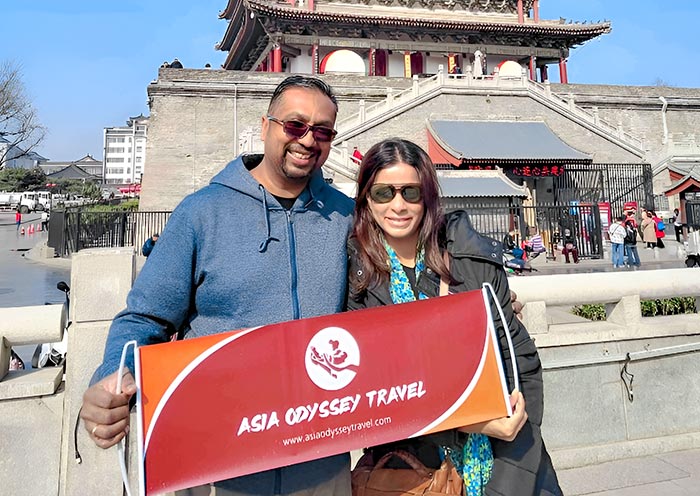
Attractions
/
Transportation
vehicle, high speed train
Dining
Breakfast
Accommodation
3-star hotel in downtown Xian
After breakfast, your guide and driver will pick you up at your hotel. Drive about 40km (about 1 hour) to uncover one of the greatest archaeological discoveries in the world - the Terracotta Army Museum, built by the first emperor of China, Qin Shihuang, to protect him in the afterlife. Around 8,000 vivid life-size Terracotta Warriors have been found so far. First, visit the largest and most imposing pit, believed to contain over 6,000 terracotta figures of soldiers and horses. You will be amazed by this subterranean life-size army of thousands standing silently to guard the emperor. Marvel also at the fabulous artistic skills of ancient Chinese artisans. Next, move to another pit where you can see around 1,300 warriors and horses. Examine the ancient army formation, including the kneeling and standing archers, the chariot war array, and numerous troopers holding weapons.
After lunch, head to visit the Ancient City Wall, also known as the Fortification of Xian, representing one of the oldest, largest, and best-preserved Chinese city walls. Spend time leisurely walking the wall and enjoying its inner and outer walls, watchtowers, and moat, taking in panoramic views of modern Xian, there, you will also visit the awe-inspiring Bell Tower (or Drum Tower), a landmark from the Ming Dynasty dating back 600 years, will be beautifully illuminated, creating a captivating backdrop for stunning photos showcasing the harmonious blend of ancient history and modernity in Xian. In the evening, you may also have the chance to visit the lively Bell & Drum Tower Square (Zhongulou Square), allowing you to immerse yourself in Xian's vibrant nightlife like a local.
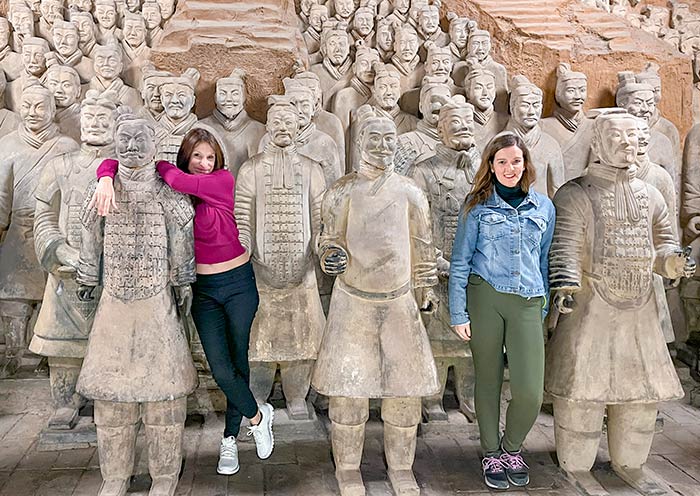

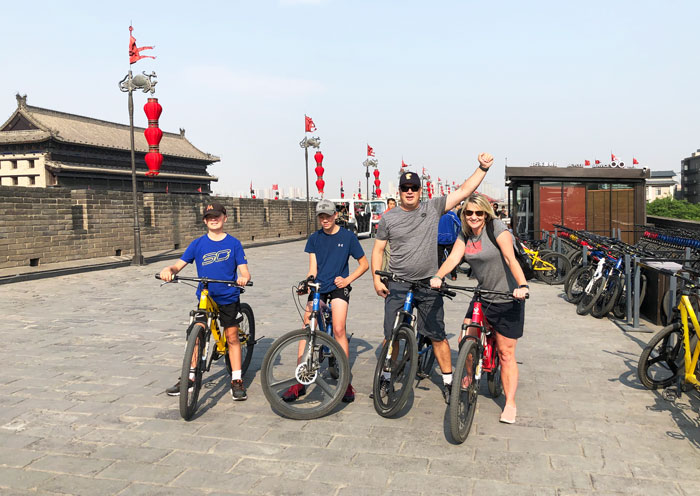

Attractions
3 sites
Transportation
vehicle
Dining
Breakfast,Lunch
Accommodation
3-star hotel in downtown Xian
This morning, you will go to visit the Giant Wild Goose Pagoda, one of Xi'an's most recognizable landmarks and symbol of the magnificence of the Tang Dynasty. This seven-story pagoda standing in the tranquil Da Ci'en Temple is one of China's best examples of a Tang-style pagoda (squarish rather than round). It was completed in AD 652 to house Buddhist sutras brought back from India by the monk Xuan Zang. His travels inspired one of the best-known works of Chinese literature, Journey to the West. Later, you will have the opportunity to explore the vibrant and bustling Muslim Quarter (Muslim Street). This historic quarter, situated just behind the Drum Tower about 430 meters west of the Bell Tower in downtown Xian, has been around for over 1,000 years.
After the tour, you will be transferred to the airport for the flight to Shanghai (about 2 hours). Welcome to Shanghai, China’s most internationalized and vibrant city! Upon your arrival in Shanghai, your driver will meet you at the exit of the airport and escort you to your hotel in downtown Shanghai. You will have free time after your hotel check-in.
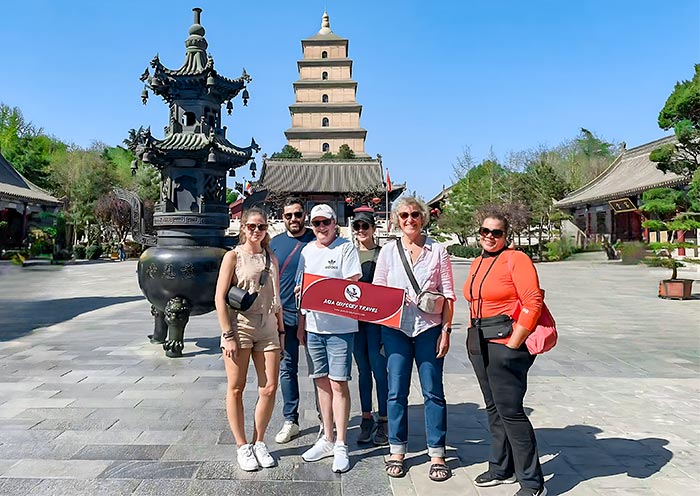
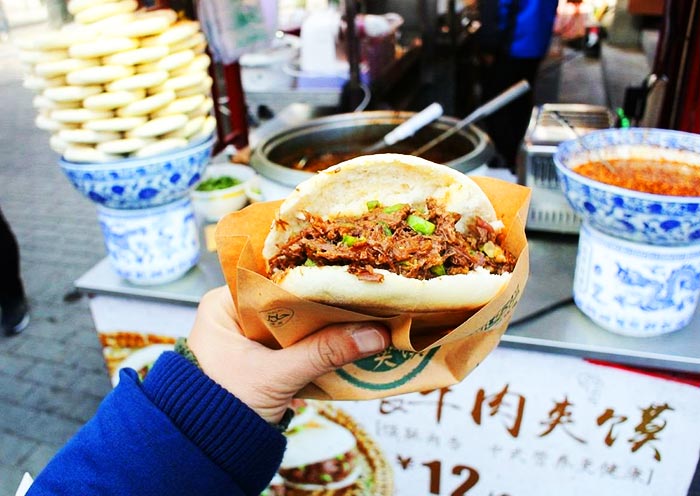
Attractions
2 sites
Transportation
vehicle, flight
Dining
Breakfast
Accommodation
3-star hotel in downtown Shanghai
Today, your group will have full day to experience the perfect blend of East and West in the "Paris of the East." Explore brilliant museums, classical gardens, futuristic skyscrapers, and stunning architecture - all in one vibrant city.
First, head to Pudong and the Lujiazui financial district, home to a trio of iconic skyscrapers. The Shanghai Tower, China’s tallest and the world’s second-tallest building at 632 meters (2,073 ft), soars with a dramatic 120-degree twist from base to peak. Ride the world’s fastest elevators (64 km/h) to the "Top of Shanghai Observatory" on the 118th floor, 546 meters above ground. Enjoy breathtaking 360-degree views of the city, with the Jin Mao Tower and Shanghai World Financial Center below.
Later, visit the Shanghai Museum (East), one of the world’s finest museums of ancient Chinese art. Its sleek, modern design is inspired by the traditional Chinese jade bi disc. Inside, explore galleries of bronzes, ceramics, calligraphy, paintings, jade, furniture, coins, and sculptures. Don’t miss iconic treasures like the Da Ke Ding, a 3,000-year-old bronze vessel, displayed with the Zi Long Ding and Marquis of Jin Bells - a rare highlight of the Bronze Gallery. Also, see the legendary Sword of King Goujian of Yue, a masterpiece of ancient craftsmanship.
Next, visit Yu Garden, Shanghai’s most famous classical garden, hidden in the heart of the city. Stroll through elegant pavilions, rockeries, and lotus ponds, and admire exquisite carvings and traditional architecture. Outside, Yuyuan Bazaar offers local snacks, souvenirs, and handcrafted art.
In the afternoon, walk along Nanjing Road Pedestrian Street, lined with global brands, cafes, and historic buildings. End at the Bund, Shanghai’s top must-see landmark. Known as the "Exhibition of International Architecture," it features 52 grand buildings in Gothic, Baroque, and Art Deco styles. From here, enjoy a stunning view of the Pudong skyline across the Huangpu River.
Travel Notes:
- Yu Garden is closed on Mondays. In this case, we may visit the City God Temple, or French Concession
- Shanghai Museum (East) is closed on Tuesdays. You will visit Shanghai Museum (People’s Square) on that day. If access to the People’s Square location is unavailable, we will arrange an alternative city attraction.
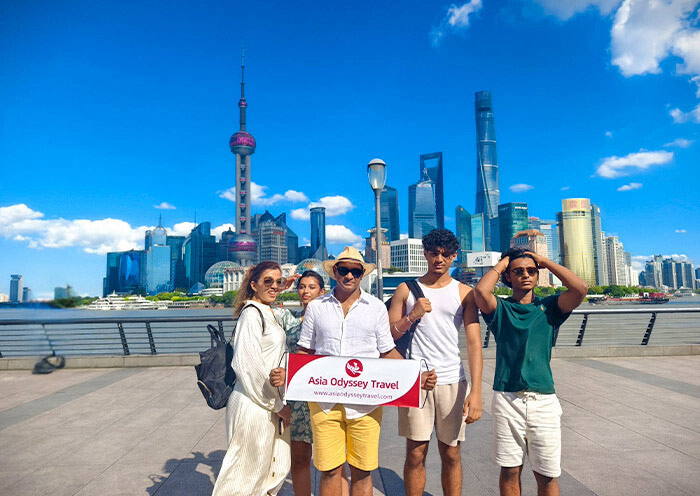



Attractions
5 iconic sites
Transportation
vehicle
Dining
Breakfast,Lunch
Accommodation
3-star hotel in downtown Shanghai
You will have some free time in Shanghai to explore on your own before being escorted to the airport for your flight to Osaka.
Konnichiwa (こんにちは)! Welcome to Osaka, Japan! Upon arrival at the airport, you will be transferred from Kansai International Airport (KIX) to the designated hotel in Kyoto. Accommodation in Kyoto will be at a 4-star hotel conveniently located.
Kyoto, located in the Kansai region of the country, was once the capital of Japan. It epitomizes ancient Japan and is famous for tranquil temples, exquisite gardens, colorful shrines, grand imperial palaces, and ornate castles. Boasting 17 UNESCO World Heritage sites, over 1,000 Buddhist temples, and more than 400 Shinto shrines, Kyoto is among the world's most culturally rich cities. It's also known for traditional Japanese arts and practices, such as tea ceremonies, kaiseki dining (a traditional multi-course meal), and ikebana (flower arranging). It remains one of the best places to see geishas, who are traditional Japanese female entertainers known for their refined skills in arts, music, dance, and conversation.
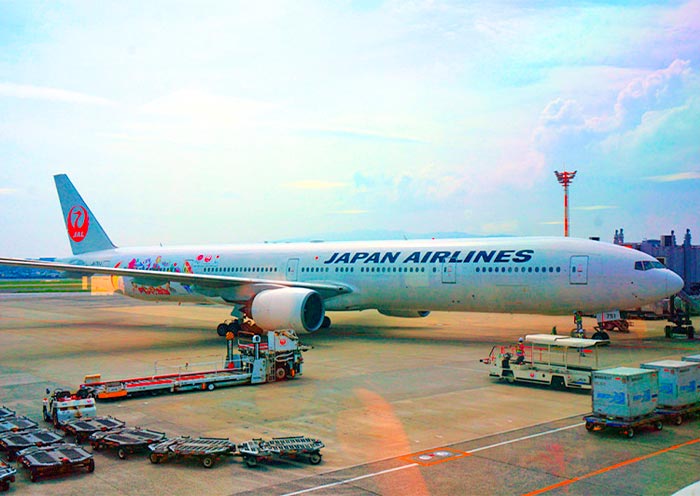
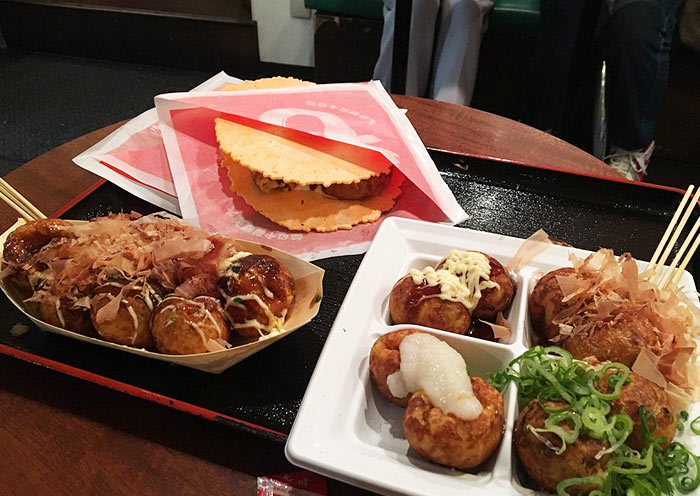
Attractions
0 Site
Transportation
vehicle
Dining
Breakfast
Accommodation
4-star hotel in Kyoto
After breakfast, you will have free time in the morning to explore Kyoto on your own. Your Kyoto group tour will begin in the afternoon.
In this afternoon, your guide and driver will pick you up at your hotel and your group will visit one of Kyoto's most iconic sights, Kinkakuji Temple (Golden Pavilion) - a UNESCO World Heritage site. This Zen Buddhist temple is famous for its stunning golden exterior. The temple's stunning visual appeal comes from its top two floors, which are completely covered in gold leaf. The reflection of the golden structure shimmering in the pond in front of it, makes it perfect for photos and quiet reflection. It was originally built in 1397 as a retirement villa for Shogun Ashikaga Yoshimitsu. After Yoshimitsu's death, as per his will, the villa was converted into a Zen temple by his son.
Next, head to Nijo Castle, another UNESCO World Heritage site, to delve deeper into Japan’s feudal history. Constructed in 1603 as the Kyoto residence of Tokugawa Ieyasu, the first shogun of the Edo period, its expansive grounds and ornate architecture highlight the power and wealth of the dominant samurai clans during the Edo period (1603-1867).
The castle features two concentric rings of fortifications, each consisting of a wall and a wide moat. After passing through the grand Kara-mon (gate), you will enter Ninomaru Palace, which is divided into five buildings with numerous chambers. The interiors are adorned with masterful paintings by the Kano school, reflecting the cultural and artistic heritage of the era. The castle is renowned for its "nightingale floors," (that sing and squeak at every move, making it difficult for intruders to move about quietly), designed as a security measure against intruders. Don’t miss the excellent Ninomaru Palace Garden, which was designed by the tea master and landscape architect, Kobori Enshu.
After the tour, you will be escorted to your 4-star hotel in Kyoto. Have a good rest!


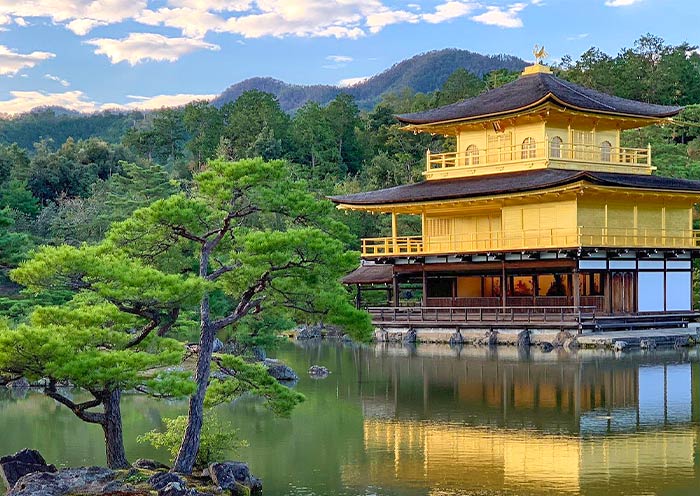
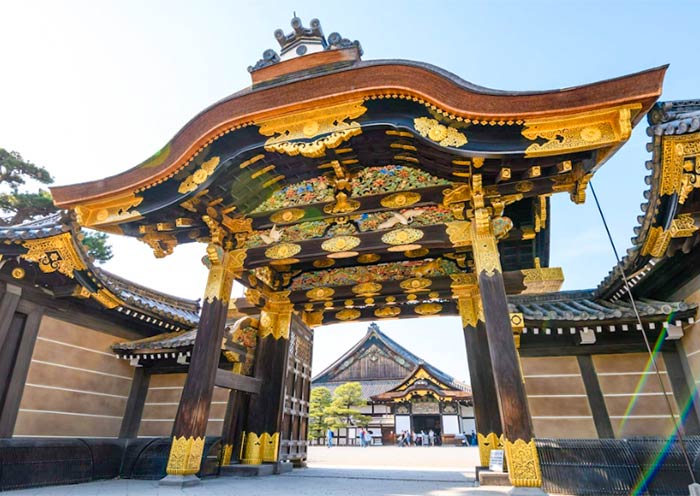
Attractions
2 Sites
Transportation
Vehicle
Dining
Breakfast
Accommodation
4-star hotel in Kyoto
Kyoto, once the capital of Japan, epitomizes ancient Japan. Boasting 17 UNESCO World Heritage sites, over 1,000 Buddhist temples, and more than 400 Shinto shrines, Kyoto is among the world's most culturally rich cities. Known for traditional arts like tea ceremonies, kaiseki dining, and ikebana (flower arranging), Kyoto is also one of the best places to observe geishas.
After breakfast, your group will explore Kyoto for a full day. Start the morning in Kyoto bright and early at one of its most iconic sites - the Fushimi Inari Taisha Shrine, to beat the crowds.
Fushimi Inari Taisha Shrine is famous for its thousands of vermilion torii gates, known as Senbon Torii (“thousands of torii gates”). Layers upon layers of vermilion torii gates line the lush, wooded hillside, forming a seemingly endless corridor. The vibrant orange and black gates contrast beautifully with the surrounding greenery, creating a visually stunning and almost otherworldly path that is highly photogenic.
Fushimi Inari Taisha was founded in the early 8th century (711 AD) and is primarily dedicated to Inari, the Shinto god of rice, fertility, sake, agriculture, and industry. As you explore the shrine, you will encounter hundreds of fox statues. Said to be the messengers of the god Inari, who is associated with cereal grains, these fox statues often symbolize the deity. Many of these fox statues are depicted holding a key in their mouths, which is said to open the granary.
Tips: Hiking to the summit of the mountain and back will take two to three hours, but many people go only as far as the Yotsutsuji intersection because there are fewer torii gates beyond this point. It will take 30 to 40 minutes to reach Yotsutsuji.
Next, visit Kiyomizudera Temple, a UNESCO World Heritage Site. Perched on the hillside of Eastern Kyoto, this temple is renowned for its wooden stage that juts out over the hill, providing stunning views of the city and the surrounding nature. The temple's main hall, constructed entirely without the use of nails, is an architectural marvel. Kiyomizu-dera is also celebrated for its sacred waters, which are believed to have wish-granting powers that draw countless visitors who come to drink from its stream. Don’t miss the Hondo (Main Hall), Jishu Shrine, the Otowa Waterfall, and the spiritual experience of the Tainai-Meguri room.
Tips: The scenery at Kiyomizu-dera Temple is distinctively beautiful in each season, offering a unique charm year-round. In spring, the mountains are adorned with charming cherry blossoms; in summer, they are lush with vibrant greenery; in autumn, they are decorated with brilliantly colored leaves; and in winter, they are filled with enchanting trees.
Then, walk up the well-preserved streets of Ninenzaka and Sannenzaka. These charming, sloping streets are lined with traditional shops and quaint tea houses, offering a nostalgic glimpse into Kyoto's past. As you stroll through these areas, you can shop for unique crafts, sample local snacks, and perhaps stop at a café to relax and soak in the atmosphere of old Kyoto.
Continue to Yasaka Shrine, the guardian shrine of the Gion entertainment district, which dates back over 1350 years. Yasaka Shrine is particularly favored by those seeking beauty and wealth. Visiting this significant Shinto shrine in Kyoto, you may also find yourself gaining some good luck. The shrine is most famous for its Gion Matsuri in July, during which you can witness the procession where the deities of Yasaka are paraded through the city streets.
Adjacent to the shrine, Gion is Kyoto's famous geisha district. Here, you might catch a glimpse of Geisha (Geiko) in their elaborate kimonos and traditional makeup. As you wander through the cobblestone streets of Gion, take a moment to appreciate the beautifully preserved machiya (wooden townhouses), ochaya (teahouses), and exclusive ryotei (traditional Japanese restaurants). Gion is particularly enchanting at dusk when the lanterns are lit and geishas and maiko (apprentice geishas) make their way to evening appointments, making the narrow lanes come alive.
After the tour, your group will be escorted back to your hotel.

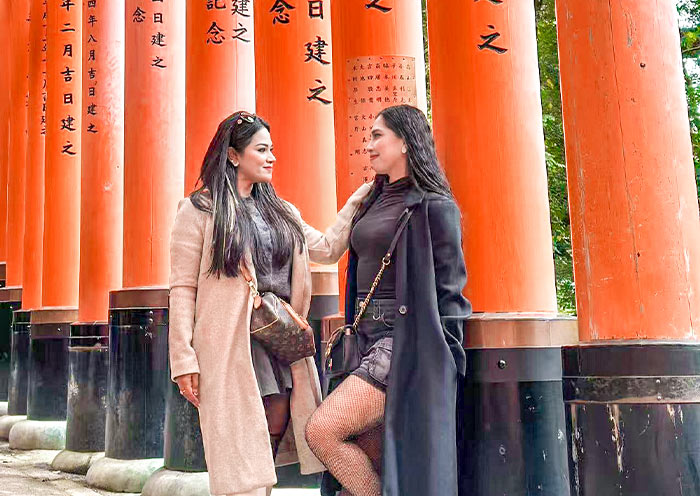

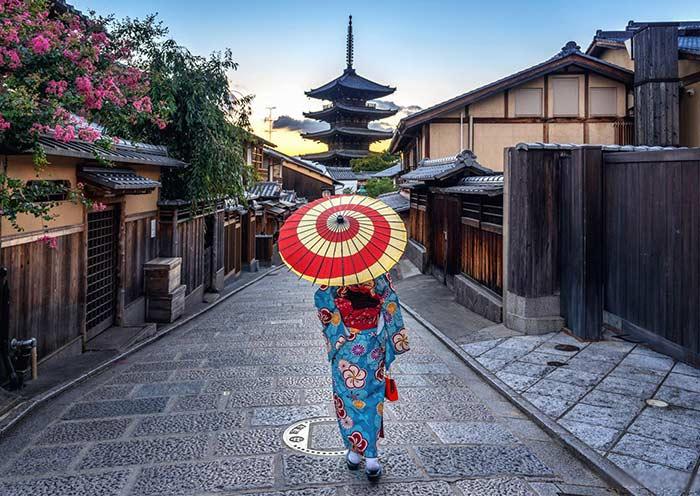
Attractions
6 Sites
Transportation
Vehicle
Dining
Breakfast
Accommodation
4-star hotel in Kyoto
In this morning, your group will depart from Kyoto and head to Nara, about 1.5-hour car ride. Before Kyoto, there was Nara, Japan’s first permanent capital and one of the country’s most rewarding destinations. Nara boasts 8 World Cultural Heritage sites, making it Japan's second most culturally rich city after Kyoto.
Visit Todaiji Temple, one of Japan's most historically significant temples and a UNESCO World Heritage site. It is known for housing the world’s largest bronze statue of the Buddha Vairocana, which stands just over 16m high and consists of 437 tonnes of bronze and 130kg of gold. It represents Vairocana Buddha and is flanked by two Bodhisattvas. Todaiji's main hall, Daibutsu-den (Big Buddha Hall), is one of the world’ 's largest all-wood buildings, even though the present reconstruction of 1692 is only two-thirds of the original temple hall's size.
Walk to Nara Park, adjacent to Kasuga Taisha. This park is famous for its hundreds of freely roaming deer, considered messengers of the gods in Shinto tradition. Purchase some shika senbei (deer crackers) to feed the deer as you stroll through the park.
Head to Kasuga Taisha (Kasuga Grand Shrine), Nara’s most celebrated Shinto shrine, another UNESCO World Heritage Site. It is renowned for its lanterns, which have been donated by worshippers. Hundreds of bronze lanterns can be seen hanging from the buildings, while thousands of stone lanterns line its approach and the surrounding woods. These lanterns are lit twice a year during the Lantern Festivals in February and August, creating an ethereal and mesmerizing atmosphere.
After the tour, drive to Osaka (typically takes around 45 minutes to an hour). Osaka, Japan's third-largest city and a major economic hub, is renowned for its rich history, diverse cuisine, distinctive culture, and robust economic strength. The city's unique sense of humor and open personality make it an exceptionally interesting place, more colorful than most cities. Acres of concrete are covered with dazzling neon lights and brightly colored storefronts. Osaka is a city that loves to eat, known as the "nation's kitchen", boasting a wide variety of culinary delights.
In this afternoon, visit Osaka Castle Park, one of Japan’s most famous landmarks and a symbol of Osaka’s historical grandeur. Originally built in 1583 by Toyotomi Hideyoshi, a powerful daimyo who aimed to unify Japan, it was the largest castle of its time. After multiple renovations and reconstructions, today's Osaka Castle has been transformed into an open park, covering a total area of 105.6 hectares, making it a must-visit attraction.
Walking into the scenic area of Osaka Castle, you'll be amazed by the massive scale and precision of the moats, gates, and stone walls. The largest stone slab is 11 meters wide, and many stones are inscribed with the crests of the 64 daimyō (feudal lords) tasked with the castle’s construction back in 1620. Overlook the Main Tower (Tenshukaku) of Osaka Castle, which stands tall against the sky at the center of the extensive castle grounds. Take some time to stroll through the Nishinomaru Garden, which offers a picturesque setting with over 600 cherry trees and beautiful views of the castle tower from below. This is especially enchanting during the cherry blossom season, which usually occurs in late March and/or early April.
Last, enjoy shopping at Shinsaibashi-suji Shopping Street, Osaka's busiest shopping arcade. Then, head to the lively district of Dotonbori, where waterways are lined with luminous advertisements and signs. It's especially glitzy during the holiday season, with decorations strung across the bridges. Full of fantastic restaurants, clubs, and karaoke bars, it's the city's go-to area for entertainment. Take a photo at the iconic Glico Man sign. Try takoyaki, ball-shaped octopus bites, kushikatsu (Japanese deep-fried skewered meat and vegetables), and okonomiyaki, a savory Japanese pancake topped with whatever you like.
Free Time Ideas: visit Shinsekai (New World), an old neighborhood known for its nostalgic atmosphere reminiscent of the Showa era. Tsutenkaku Tower is the iconic landmark of this district. It was inspired by cities like Paris and New York. From a modern perspective, this 100-meter-tall steel tower may not seem particularly high, yet it holds a significant place in local history as a symbol of progress and innovation. Visiting Shinsekai is like stepping back in time, offering both the charm of yesteryears and the excitement of modern urban culture.
After the tour, your group will be escorted to the 4 star hotel in Osaka.
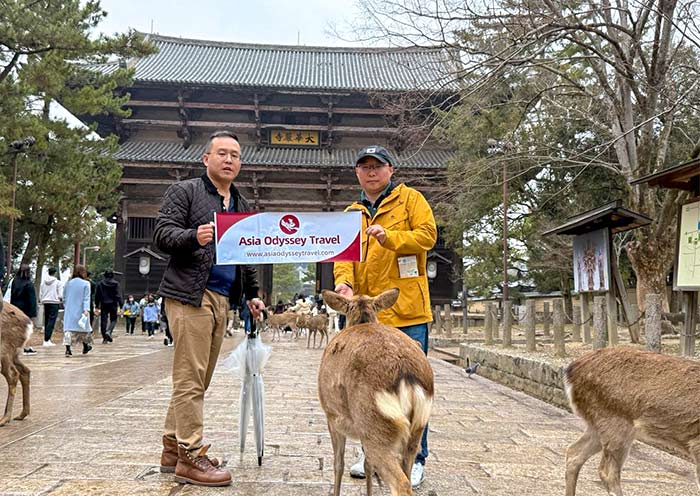
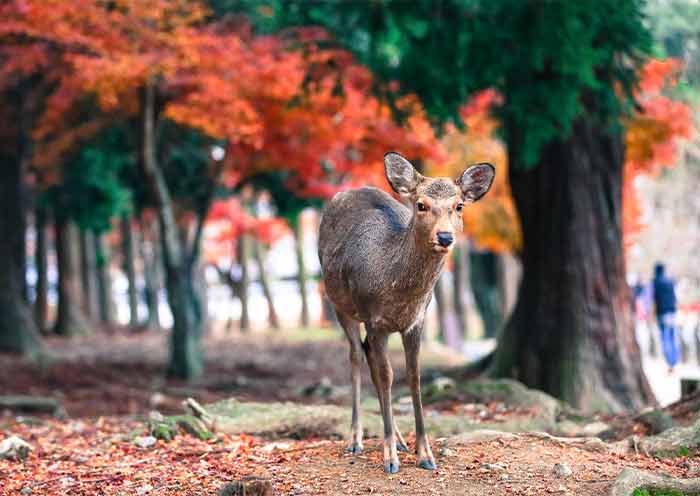
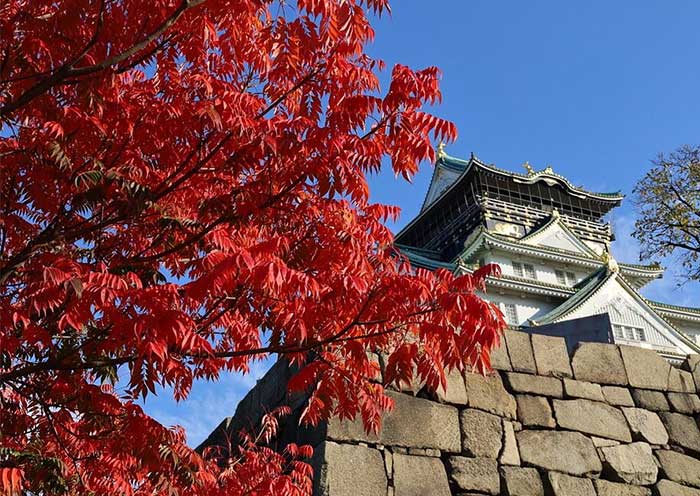
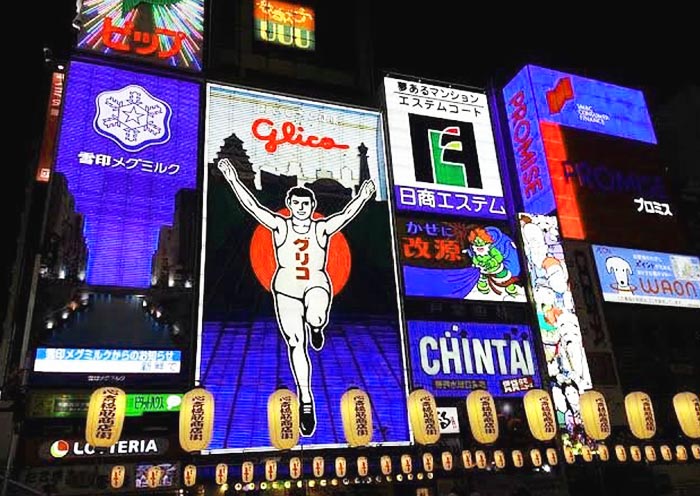
Attractions
5 Sites
Transportation
Vehicle
Dining
Breakfast
Accommodation
4-star hotel in Osaka
Today, your group will head to Hiroshima. Start your day early, as your guide will pick you up from your hotel in Osaka. The guide will assist you at the train station to board the Shinkansen (bullet train) and will accompany you to Hiroshima.
About Transportation Between Osaka and Hiroshima:
- Distance: The distance between Osaka and Hiroshima is about 300 kilometers. A Shinkansen (bullet train) journey takes approximately 1.5–2 hours, while driving takes 4–5 hours. For a round trip, the Shinkansen is the most efficient option for your group.
- Guide Accompaniment: To optimize time and costs, we will arrange for a guide to accompany you on the Shinkansen journey between the two cities.
- Hotel to Osaka Station: For transport between your hotel and Osaka Station, if your group size exceeds 8, a private vehicle will be arranged for the transfer. Otherwise, your guide will accompany you to experience local public transportation.
- Hiroshima Station to Attractions: Upon arrival at Hiroshima Train Station, your guide will take you to explore Hiroshima using local public transportation.
Hiroshima is a modern city characterized by broad, tree-lined boulevards, meandering rivers, and a bustling city center. While Hiroshima is perhaps best known for being the target of an atomic bomb attack near the end of World War II, the city is not defined by this tragic history. Instead, it has continually advocated for peace and understanding.
Your first stop is to the Hiroshima Peace Memorial Park. The park is dedicated to the victims of the atomic bomb in 1945 and is a poignant reminder of the costs of war. Hiroshima Peace Memorial Park has numerous monuments and the iconic Atomic Bomb Dome.
The Atomic Bomb Dome, officially known as the Hiroshima Peace Memorial, is one of the most iconic structures in the Hiroshima Peace Memorial Park. Originally serving as the Hiroshima Prefectural Industrial Promotion Hall, it is known for its distinctive European-style dome. On August 6, 1945, it was struck by an atomic bomb, and the dome was directly beneath the bomb's hypocenter, approximately 160 meters above ground. While the surrounding area was almost destroyed, parts of the building's structure miraculously survived, standing as a direct testament to the destructive power of the bomb. In 1996, the A-Bomb Dome was designated as a UNESCO World Heritage Site, symbolizing peace and serving as a warning against nuclear warfare.
Explore the Hiroshima Peace Memorial Museum to learn about the events leading up to the bombing, its devastating effects on the city's inhabitants, and the city’s post-war recovery. The museum holds exhibits that include personal items from victims, photographs, and other significant artifacts.
Today, if time allows, you can visit the island of Miyajima, a revered sacred site known for its breathtaking scenery and the famous floating torii gate of Itsukushima Shrine. On the short ferry ride there, you'll see the renowned Itsukushima Shrine, which is situated on Miyajima. At high tide, it appears to float on the sea. It has been designated as a UNESCO World Heritage Site and is among Japan's most celebrated tourist attractions. Be sure to stand on the deck to get a good view of the giant red Torii gate rising out of the sea.
After the tour, you will take public transportation to Hiroshima Station to board the Shinkansen back to Osaka with your guide. Upon arrival at Osaka Station, you will be transferred to your hotel in Osaka. (Tip: The type of vehicle used will depend on your group's size.)
Stay overnight in 4-star hotel in Osaka.
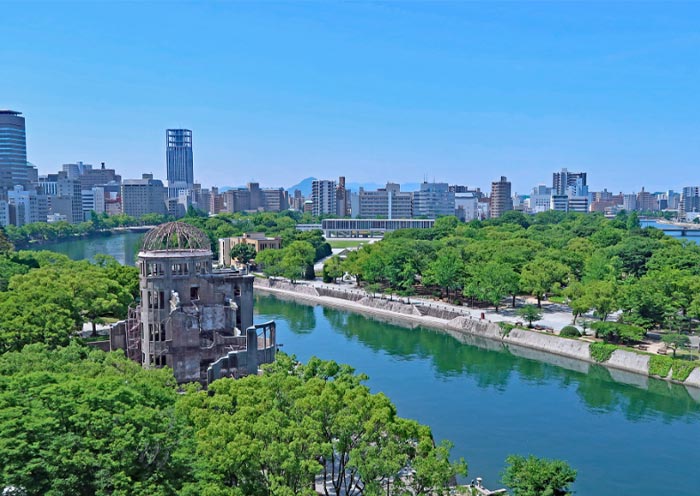

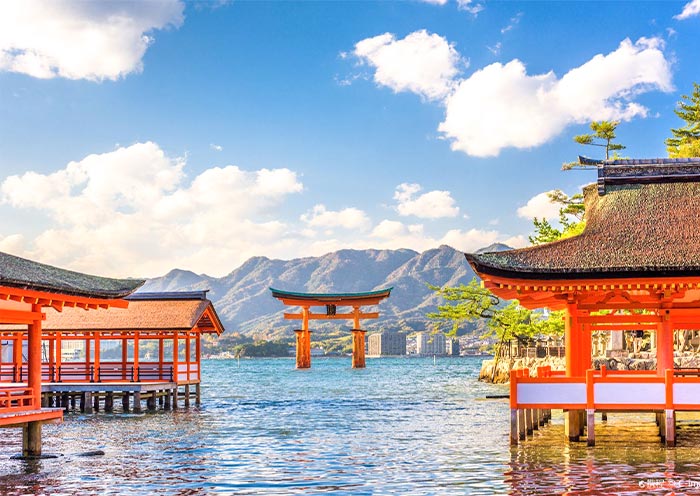
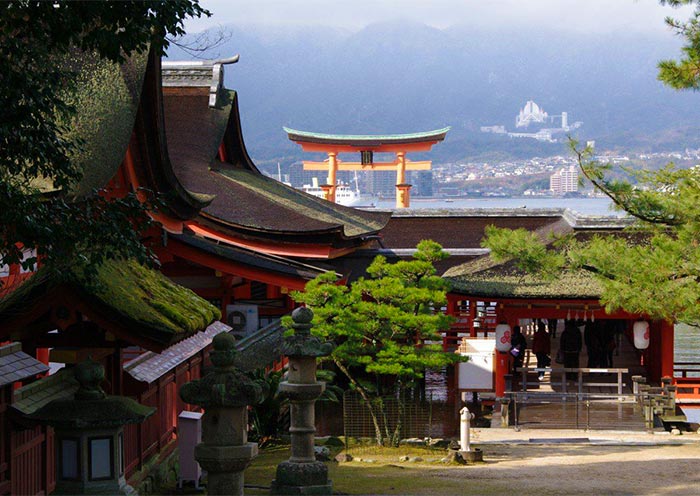
Attractions
3 Sites
Transportation
Shinkansen, Vehicle
Dining
Breakfast
Accommodation
4-star hotel in Osaka
On this day, our driver will pick up your group from the hotel in Osaka and escort you to the train station for your Shinkansen (bullet train) journey to Tokyo.
Shinkansen Ride Experience: At Shin-Osaka Station, board the Shinkansen bound for Tokyo Station (about 2.5-3 hours). This fast and comfortable journey allows you to enjoy the scenic transition between urban and rural Japan.
Upon arrival at Tokyo Station, our local driver will meet your group and transfer you to your hotel in Tokyo. Your accommodation will be a well-located 4-star hotel.
Tokyo, the capital of Japan, is one of Japan and Asia's largest economic centers. Tokyo is a hub for Japanese culture and art, with numerous museums, art galleries, theaters, and cultural venues, serving as a vital platform for artistic activities and cultural exchanges. Tokyo stands as a significant base for technological advancement, nurturing numerous high-tech companies and innovative talents, holding leading positions globally in areas like electronics, automotive, and robotics technology.
Situated at the southern end of the Kanto Plain, Tokyo is surrounded by diverse natural landscapes including Mount Fuji, providing residents with leisure and outdoor activity spaces. At one point, the population of the Tokyo metropolitan area reached 36 million, accounting for one-third of Japan's total population. Despite the high cost of living, Tokyo provides residents with convenient living conditions, offering a plethora of shopping centers, entertainment facilities, and a rich culinary culture ranging from fine dining to street food.
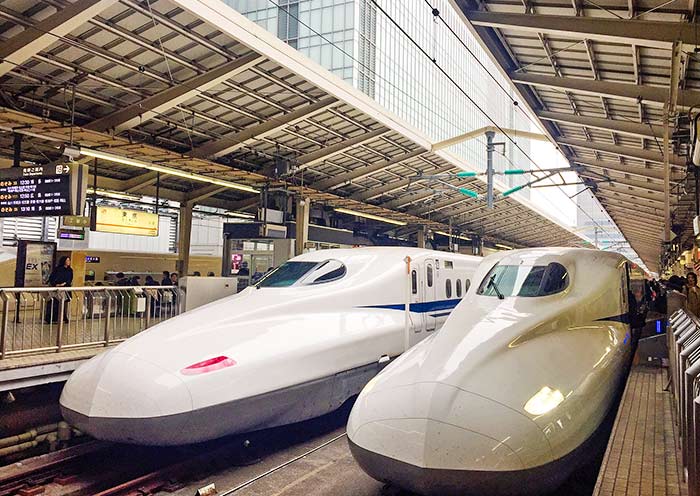

Attractions
/
Transportation
Shinkansen, Vehicle
Dining
Breakfast
Accommodation
4-star hotel in Tokyo
Today, it will be a full-day round trip to admire the breathtaking views of Mount Fuji from Lake Kawaguchi,
Mount Fuji is the tallest mountain in Japan. It's a famous volcano with a perfectly symmetrical cone shape. Visiting Mount Fuji is essential for any traveler in Japan. As a UNESCO World Heritage Site, Mount Fuji (3,776m) stands as an iconic symbol of Japan, a cultural and spiritual landmark (recognized as a holy mountain in Shintoism), and a natural marvel. When picturing Mount Fuji, its distinctive perfect cone shape and snow-capped peak likely come to mind. Among the most renowned depictions is Katsushika Hokusai's 'Thirty-Six Views of Mount Fuji'. Hokusai, one of the "Three Greats of Ukiyo-e", is best known for his masterpiece "The Great Wave off Kanagawa" which can be seen on the 1,000 Japanese yen bill.
Begin your journey at the renowned Arakurayama Sengen Park, where you can admire the magnificent view of a five-story pagoda set against a backdrop of majestic mountains. Hike about 15-20 minutes up to Arakurayama Sengen Shrine, dedicated to the mountain god. The shrine is surrounded by beautiful gardens and offers a peaceful atmosphere. Enjoy the gorgeous scenery and capture iconic photos at the famous Red Fuji Observation Deck.
Next, head to Lake Kawaguchi, another excellent location to leisurely view Mount Fuji. The lake boasts crystal-clear waters, providing breathtaking views of the iconic mountain and a serene atmosphere. Enjoy a cruise on the tranquil waters to marvel at the stunning reflection of Mt. Fuji in Lake Kawaguchi. Additionally, take a leisurely stroll around the lake and explore the nearby parks, galleries, and museums based on your interests.
After that, head back to Tokyo overnight and have a good rest.
Notes:
It is a long day trip, and there will be a surcharge if the tour exceeds 8 hours (For Guide, driver & vehicle).
If the weather is clear, you can enjoy a good view of Mt. Fuji. However, if the weather is not favorable, Mt. Fuji may not be visible.
The best time to view Mount Fuji is generally from December to February when skies are clearer and the peak is snow-capped. And also, April to May (for blooming cherry blossoms) and October to November (for the autumn foliage) are good times.
Early mornings often provide the best visibility before clouds obscure the view. Different locations around Mount Fuji offer varying perspectives, with some spots known for their clear views.
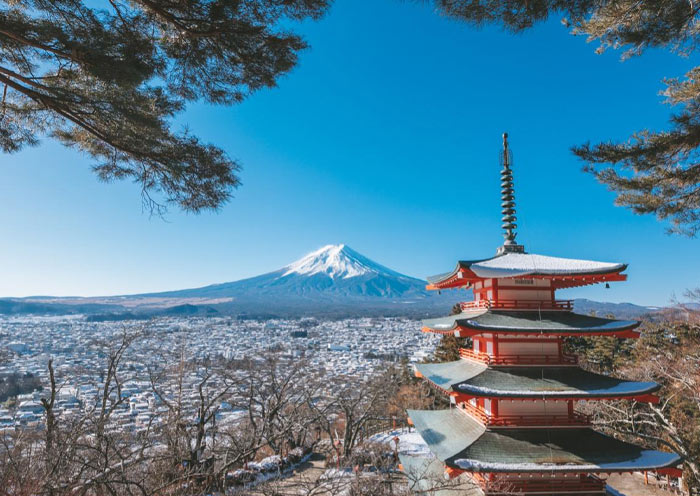



Attractions
2 Sites
Transportation
Vehicle
Dining
Breakfast
Accommodation
4-star hotel in Tokyo
After breakfast, your guide and driver will pick up your group at your hotel. Start an amazing day exploring Tokyo in a small group!
First to visit Meiji Jingu Shrine (Meiji Shrine), a Shinto Shrine dedicated to Emperor Meiji (1852-1912) and Empress Shoken (1849-1914), who played a crucial role in modernizing Japan while excelled in writing Waka (traditional Japanese poems of 31 syllables in the pattern 5-7-5-7-7). Meiji Shrine is also a popular venue for traditional weddings, where you will have the opportunity to witness a Japanese wedding procession and experience the charm of Japanese traditional culture.
The Meiji Shrine is nestled within a tranquil forest that covers an area of 70 hectares, providing a peaceful escape from the bustling city. This forest is home to over 100,000 trees that were donated from regions across Japan during the shrine's construction, in honor of their beloved Emperor Meiji (who established Shinto as the state religion) and Empress Shoken.
Take a stroll along the paths and enjoy the fresh air and natural beauty. You will walk through Japan's largest wooden Torii gate, standing in its natural wooden hue and weighing up to 13 tons. The Torii gate serves as the Symbol of Shinto Shrines, marking the transition from the worldly to the sacred. Then, you will notice the impressive Sake Barrel Wall along the South Approach, which features offerings from sake breweries and believers across Japan, including barrels of sake and Western liquor, reflecting Emperor Meiji's fondness for Western culture.
At the main hall of Meiji Shrine, you can witness locals washing their hands and rinsing their mouths at Purification Font before worship as a sign of respect. You can offer a 5-yen coin (symbolizing a connection) like locals and pray for blessings. In the eyes of the Japanese, Meiji Shrine is considered to have such boundless capabilities, from naming ceremonies for newborns, to coming-of-age ceremonies, graduation ceremonies, seeking marriage partners, praying for world peace, family well-being, safe travels, good health, warding off calamity, etc.
In addition to immersing yourself in Japanese Shinto traditions and architecture, revel in the enchanting surroundings filled with lush trees, serene ponds, graceful bridges, and stone pathways that epitomize the essence of traditional Japanese garden art. You should visit here to enjoy the vibrant bloom of cherry blossoms in spring, the verdant beauty of summer, the fiery hues of autumn leaves, and the serene snowy landscapes of winter.
Tips for Visiting Meiji Jingu Shrine:
- Wear modest clothing: Respect the sacred nature of the shrine by dressing appropriately.
- Be mindful of noise levels: Maintain a quiet and respectful atmosphere.
- Inner Garden (Optional; self-pay; once Imperial Property), and Meiji Jingu Museum (Optional; self-pay; items used by the imperial couple).
Then, move to visit Shibuya Crossing, one of the busiest intersections in the world, accommodating approximately 3,000 people per minute. As one of Tokyo's iconic locations, Shibuya attracts tourists and photographers from around the globe who come to observe and capture its essence. Numerous movies, TV shows, commercials, and music videos are filmed at this location, such as "The Fast and the Furious: Tokyo Drift."
Additionally, if you're interested in the story of Hachiko, the loyal dog, you can also visit his bronze statue. This Hachiko statue is located outside Shibuya Station and was erected to commemorate Hachiko's loyalty. Not only is it a popular meeting spot, but it's also a must-visit attraction for tourists. The statue symbolizes the power of loyalty and love, serving as a touching tribute.
In the afternoon, head to Senso-ji Temple (Asakusa Kannon Temple), a must-visit for anyone traveling to Tokyo. Senso-ji Temple (Asakusa Kannon Temple), is one of the oldest and most famous Buddhist temples in Tokyo, located in the Asakusa district of Taito, Tokyo. The temple is dedicated to Kannon Bosatsu (Avalokiteshvara), the Bodhisattva of compassion. According to legend, in 628 AD, two fishermen retrieved a statue of Kannon from the Sumida River and decided to construct a temple to enshrine it. Completed in 645 AD, Senso-ji has since become a spiritual symbol of Tokyo.
The temple's entrance is marked by the iconic Kaminarimon (Thunder Gate), featuring a massive red lantern and protective deity statues that symbolize the temple's guardians against evil spirits. This gate is a popular photo spot and marks the beginning of Nakamise Street, a lively shopping street lined with stalls offering traditional Japanese snacks, crafts, and souvenirs, which leads up to the temple's second gate, the Hozomon.
Beyond the Hozomon lies the main hall, dedicated to Kannon and adorned with exquisite decorations, where devotees pray and worship. Adjacent to the main hall is the temple’s five-story pagoda, another striking feature, representing the traditional Japanese architectural style and symbolizing the five elements of Buddhist cosmology - earth, water, fire, wind, and void.
From Senso-ji looking south, you capture a photograph of Skytree Tower (Japan's Tallest Tower; 634 meters). On this street, you can see both old buildings and modern skyscrapers together, providing a visual contrast between traditional and modern.
After that, you can explore Tsukiji Fish Market (Now Toyosu Market). Tsukiji Fish Market was once the world's largest fish market, famous for its tuna auctions. However, in 2018, it relocated to a new, larger facility called Toyosu Market. You can still enjoy fresh seafood (sashimi, sushi, or seafood rice bowls), purchase kitchenware, and learn about a variety of seafood, including the characteristics, cooking methods, and nutritional value of different types of seafood.
After the tour, your group will be escorted back to your hotel in Tokyo.
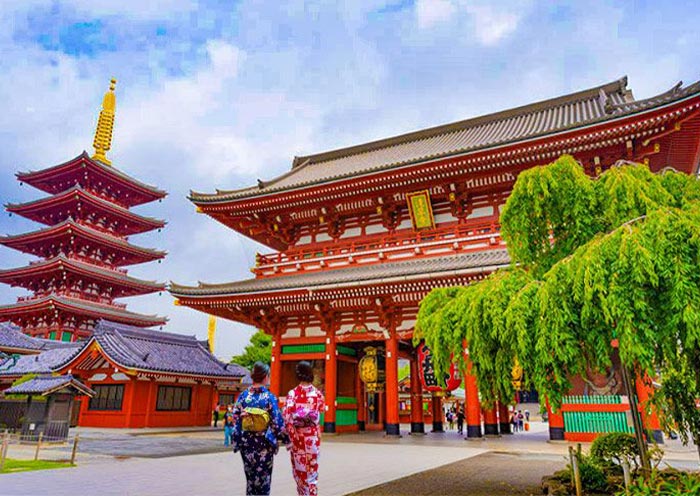
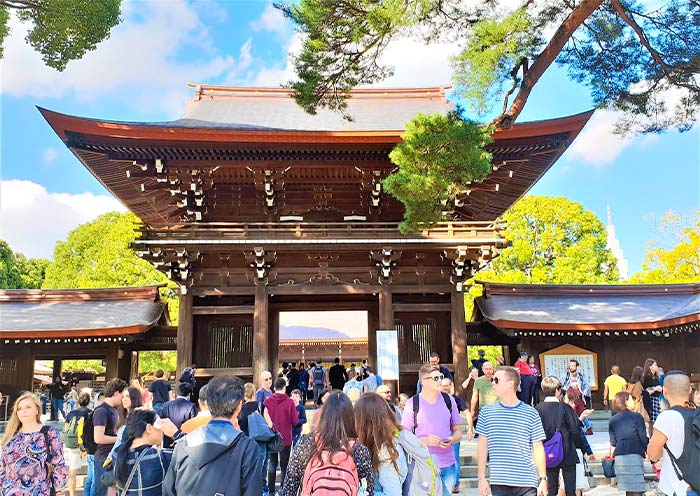
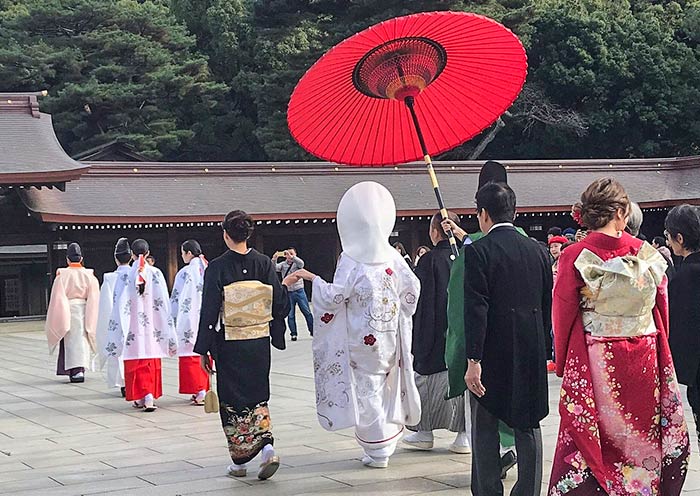
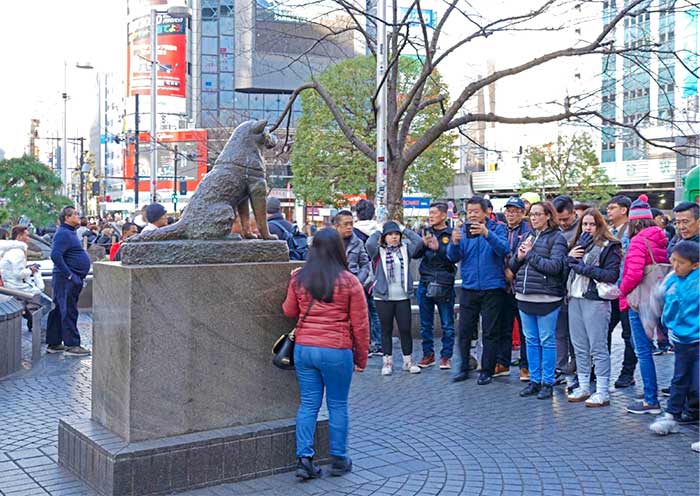
Attractions
4 Sites
Transportation
Vehicle
Dining
None
Accommodation
4-star hotel in Tokyo
After breakfast, it’s time to say goodbye to Tokyo, as your 16-day China Japan group tour comes to an end. Today, you will need to head to the airport on your own, depending on your flight schedule. Narita International Airport (NRT) in Tokyo is available for your departure flight.
Thank you for choosing Asia Odyssey Travel (AOT) for your Asia Tour. We are always committed to providing you with exceptional experiences and look forward to welcoming you again on your next trip to Asia.
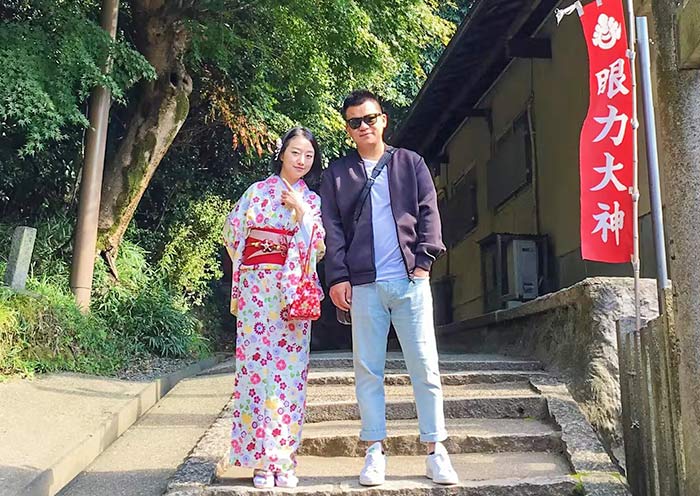
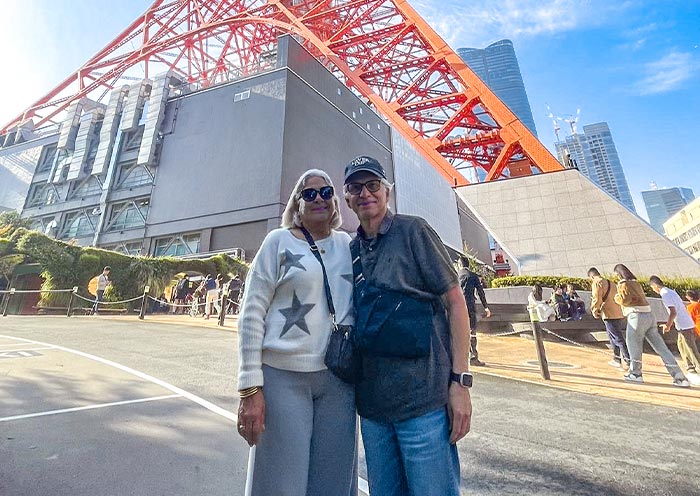
Attractions
/
Transportation
/
Dining
Breakfast
Accommodation
/
Nihao! Welcome to Beijing, the capital city of China! Upon your arrival at the airport/train station in Beijing, the driver will meet and greet you at the exit, and then escort you to the well-selected hotel in downtown Beijing. The rest of the day is free on your own so you can have a good rest for the jet lag or explore by yourself around your hotel.
Arrival Ideas:
Beijing is well connected by air and high speed rail. There are two airports - Beijing Daxing International Airport and Beijing Capital International Airport operating many international and domestic airlines. Travelers can go to Beijing by air from most cities of China, like Hong Kong, Shanghai, Guangzhou, Chengdu, Xian, Guilin, Hangzhou, Kunming, Wuhan, Xiamen, Guiyang, Chongqing, and Lanzhou. In addition, travelers can take the high speed train to Beijing from Xian (4-5 hours), Shanghai (4.5-6 hours), Zhengzhou (2.5-3 hours), Wuhan (4-5 hours), Harbin (5-5.5 hours), etc.


Attractions
explore freely today
Transportation
arrive in Beijing by yourself; vehicle
Dining
None
Accommodation
3-star hotel in downtown Beijing
Today you will spend the whole day exploring the ancient citadel of Beijing through China's famous landmarks, imperial grandeur, and royal gardens.
After breakfast, your guide will pick you up at your hotel and head to Tiananmen Square, the world's largest public square and symbol of China. It has witnessed many major events in China's history over the past decades, and from here you can take great photos of Tiananmen Gate, seen daily on CCTV News.
Walking across the square, you will visit the mighty and splendid Forbidden City, the world's largest palace complex and former home of 24 Chinese emperors. Listed as a UNESCO World Heritage site, the Forbidden City has about 500 years of history, serving as the political and ritual center of China during the Ming (1368-1644) and Qing (1644-1911) dynasties. With over 8,700 rooms, it is not only China's largest and best-preserved collection of ancient buildings, but also a city within a city, like the Vatican in Rome. Enter through the Meridian Gate and visit along the central axis to ensure you see all the highlights. Admire the brilliant architecture and numerous ancient treasures while listening to your guide share stories of the emperors who once lived here. Later, take a 15-minute walk up to Jingshan Park, where you can enjoy magnificent panoramic views over modern Beijing and the Forbidden City's russet roofs. (Note: It requires some walking, so please wear comfortable footwear. You can decide whether or not to climb to the top based on your physical condition.)
In the afternoon, drive to the Summer Palace, the "Museum of Royal Gardens," once a summer retreat for royal families. The grounds, temples, gardens, pavilions, lakes, bridges, gate-towers, and corridors are marvels of landscape design. Take a leisurely stroll to appreciate the imperial architecture, hilltop views, and beautiful lakes, which offer a pastoral escape into the landscapes of traditional Chinese painting.
(Travel Note: Beijing's Forbidden City is closed on Mondays. On those days, you will instead visit the Temple of Heaven or Prince Gong's Mansion.)




Attractions
3 iconic sites
Transportation
vehicle
Dining
Breakfast, Lunch
Accommodation
3-star hotel in downtown Beijing
In this morning, you will head northwest of Beijing (about 1.5-2 hours’ drive, 73km) to the Great Wall at Mutianyu. The Great Wall boasts a history over 2,000 years and stretches more than 3,000 miles across several provinces of northern China, making it one of the most impressive ancient masterpieces on the planet. Mutianyu Great Wall is connected with the Jiankou Great Wall in the west and the Gubeikou Great Wall in the east. Mutianyu is the longest and best fully-restored Great Wall with fewer tourists and is also famed for its 23 Ming-era watchtowers and stunning views. Take the cable car up to the 14th watchtower and then enjoy the memorable hiking time on the wall while visiting its western route. With the green pines and cypresses covering the surrounding area, and the winding wall standing majestically on the vast land, you will capture the most stunning natural scenery in this section. Challenge yourselves while climbing up to the 20th watchtower where you could fulfill your Great Wall dream. Cherish the chance and take photos as many as you like!
After the once-in-lifetime experience, head back to downtown Beijing and have the chance to take photos with the exterior of the Bird's Nest (Beijing National Stadium) and Water Cube (Beijing National Aquatics Center). They were both designed for the 2008 Beijing Olympics and used for the 2022 Winter Olympic Games.
After that, transfer back to your hotel and have a good rest tonight.




Attractions
3 sites
Transportation
vehicle
Dining
Breakfast, Lunch
Accommodation
3-star hotel in downtown Beijing
After breakfast, your group will be escorted to the train station for high-speed train to Xi’an (about 4.5-5.5 hours). Welcome to Xi’an, the capital of 13 ancient Chinese dynasties! Upon arrival at the train station, your driver will greet you at the exit and escort you to your hotel in Xi’an.
In the afternoon, you will visit Giant Wild Goose Pagoda, one of Xi’an’s most recognizable landmarks and a symbol of the magnificence of the Tang Dynasty. This seven-story pagoda, standing in the tranquil Da Ci’en Temple, is one of China’s best examples of a Tang-style pagoda (squarish rather than round). It was completed in AD 652 to house Buddhist sutras brought back from India by the monk Xuan Zang. His travels inspired one of the best-known works of Chinese literature, Journey to the West.
Later, you will have the opportunity to explore the vibrant and bustling Muslim Quarter, one of the most famous neighborhoods in Xi’an. Stretching for about 500 meters, this area is home to the city’s Hui Muslim community. Enjoy the lively atmosphere and especially the mouthwatering street food. You can try famous Xi’an specialties such as Roujiamo, Yangrou Paomo, Biangbiang noodles, and kebabs.


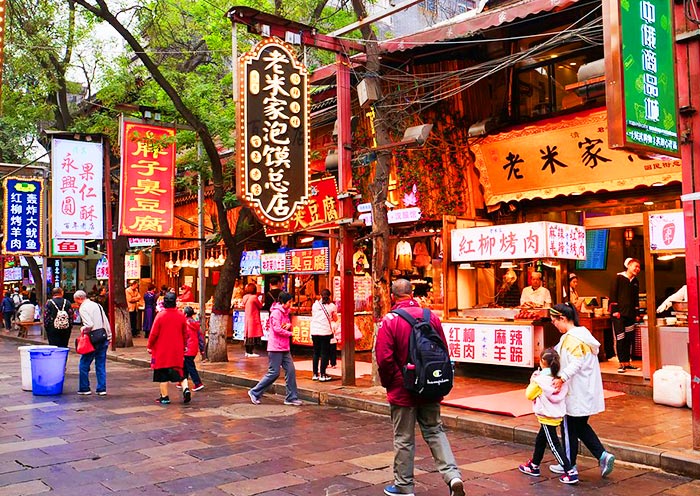

Attractions
2 sites
Transportation
vehicle, high speed train
Dining
Breakfast
Accommodation
3-star hotel in downtown Xian
After breakfast, your guide and driver will pick you up at your hotel. Drive about 40km (about 1 hour) to uncover one of the greatest archaeological discoveries in the world - the Terracotta Army Museum, built by the first emperor of China, Qin Shihuang, to protect him in the afterlife. Around 8,000 vivid life-size Terracotta Warriors have been found so far. First, visit the largest and most imposing pit, believed to contain over 6,000 terracotta figures of soldiers and horses. You will be amazed by this subterranean life-size army of thousands standing silently to guard the emperor. Marvel also at the fabulous artistic skills of ancient Chinese artisans. Next, move to another pit where you can see around 1,300 warriors and horses. Examine the ancient army formation, including the kneeling and standing archers, the chariot war array, and numerous troopers holding weapons.
After lunch, head to visit the Ancient City Wall, also known as the Fortification of Xian, representing one of the oldest, largest, and best-preserved Chinese city walls. Spend time leisurely walking the wall and enjoying its inner and outer walls, watchtowers, and moat, taking in panoramic views of modern Xian, there, you will also visit the awe-inspiring Bell Tower (or Drum Tower), a landmark from the Ming Dynasty dating back 600 years, will be beautifully illuminated, creating a captivating backdrop for stunning photos showcasing the harmonious blend of ancient history and modernity in Xian. In the evening, you may also have the chance to visit the lively Bell & Drum Tower Square (Zhongulou Square), allowing you to immerse yourself in Xian's vibrant nightlife like a local.




Attractions
3 sites
Transportation
vehicle
Dining
Breakfast, Lunch
Accommodation
3-star hotel in downtown Xian
After breakfast, your driver will pick you up at your hotel in Xi'an and take you to Xi'an Xianyang International Airport for your flight to Shanghai, a journey of about two hours.
Optional Transfer Plan by High-Speed Train:
If your schedule and train tickets allow, you can travel from Xi'an to Shanghai by high-speed train. This train ride is approximately 5.5 to 6 hours.
Welcome to Shanghai, China’s most international and vibrant city! Upon your arrival, your driver will meet you at the airport or train station exit and transfer you to your hotel in downtown Shanghai. After checking in, you will have the rest of the day to explore at your leisure.

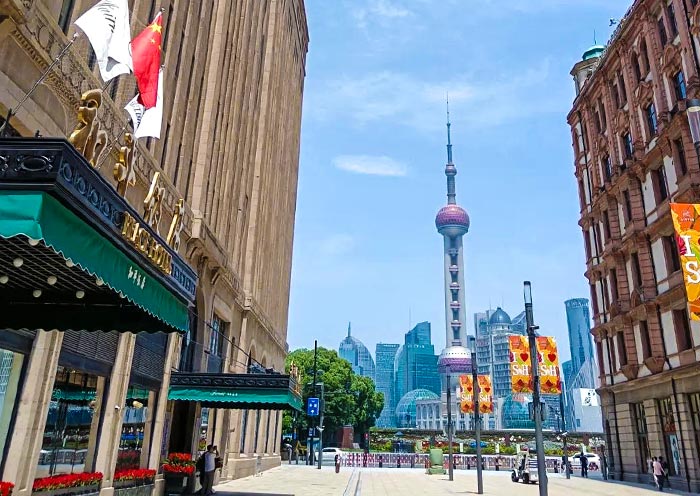
Attractions
explore on your own
Transportation
vehicle, flight
Dining
Breakfast
Accommodation
3-star hotel in downtown Shanghai
Today, your group will have full day to experience the perfect blend of East and West in the "Paris of the East." Explore brilliant museums, classical gardens, futuristic skyscrapers, and stunning architecture - all in one vibrant city.
First, head to Pudong and the Lujiazui financial district, home to a trio of iconic skyscrapers. The Shanghai Tower, China’s tallest and the world’s second-tallest building at 632 meters (2,073 ft), soars with a dramatic 120-degree twist from base to peak. Ride the world’s fastest elevators (64 km/h) to the "Top of Shanghai Observatory" on the 118th floor, 546 meters above ground. Enjoy breathtaking 360-degree views of the city, with the Jin Mao Tower and Shanghai World Financial Center below.
Later, visit the Shanghai Museum (East), one of the world’s finest museums of ancient Chinese art. Its sleek, modern design is inspired by the traditional Chinese jade bi disc. Inside, explore galleries of bronzes, ceramics, calligraphy, paintings, jade, furniture, coins, and sculptures. Don’t miss iconic treasures like the Da Ke Ding, a 3,000-year-old bronze vessel, displayed with the Zi Long Ding and Marquis of Jin Bells - a rare highlight of the Bronze Gallery. Also, see the legendary Sword of King Goujian of Yue, a masterpiece of ancient craftsmanship.
Next, visit Yu Garden, Shanghai’s most famous classical garden, hidden in the heart of the city. Stroll through elegant pavilions, rockeries, and lotus ponds, and admire exquisite carvings and traditional architecture. Outside, Yuyuan Bazaar offers local snacks, souvenirs, and handcrafted art.
In the afternoon, walk along Nanjing Road Pedestrian Street, lined with global brands, cafes, and historic buildings. End at the Bund, Shanghai’s top must-see landmark. Known as the "Exhibition of International Architecture," it features 52 grand buildings in Gothic, Baroque, and Art Deco styles. From here, enjoy a stunning view of the Pudong skyline across the Huangpu River.
Travel Notes:
- Yu Garden is closed on Mondays. In this case, we may visit the City God Temple, or French Concession
- Shanghai Museum (East) is closed on Tuesdays. You will visit Shanghai Museum (People’s Square) on that day. If access to the People’s Square location is unavailable, we will arrange an alternative city attraction.

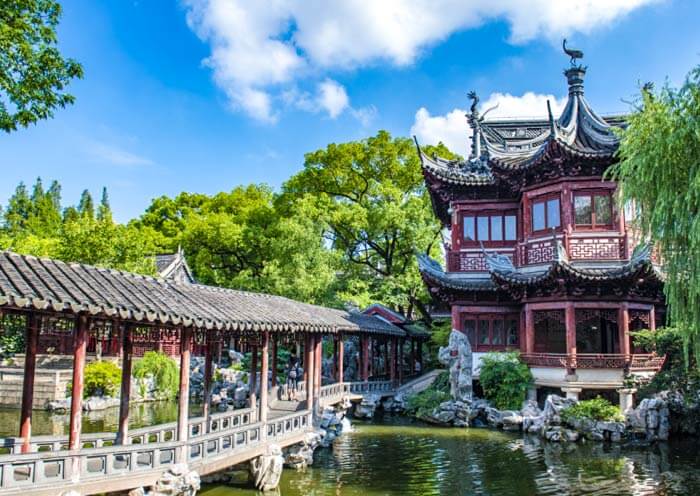


Attractions
5 iconic sites
Transportation
vehicle
Dining
Breakfast, Lunch
Accommodation
3-star hotel in downtown Shanghai
You will have some free time in Shanghai to explore on your own before being escorted to the airport for your flight to Osaka.
Konnichiwa (こんにちは)! Welcome to Osaka, Japan! Upon arrival at the airport, you will be transferred from Kansai International Airport (KIX) to the designated hotel in Kyoto. Accommodation in Kyoto will be at a 4-star hotel conveniently located.
Kyoto, located in the Kansai region of the country, was once the capital of Japan. It epitomizes ancient Japan and is famous for tranquil temples, exquisite gardens, colorful shrines, grand imperial palaces, and ornate castles. Boasting 17 UNESCO World Heritage sites, over 1,000 Buddhist temples, and more than 400 Shinto shrines, Kyoto is among the world's most culturally rich cities. It's also known for traditional Japanese arts and practices, such as tea ceremonies, kaiseki dining (a traditional multi-course meal), and ikebana (flower arranging). It remains one of the best places to see geishas, who are traditional Japanese female entertainers known for their refined skills in arts, music, dance, and conversation.


Attractions
0 Site
Transportation
vehicle
Dining
Breakfast
Accommodation
4-star hotel in Kyoto
After breakfast, you will have free time in the morning to explore Kyoto on your own. Your Kyoto group tour will begin in the afternoon.
In this afternoon, your guide and driver will pick you up at your hotel and your group will visit one of Kyoto's most iconic sights, Kinkakuji Temple (Golden Pavilion) - a UNESCO World Heritage site. This Zen Buddhist temple is famous for its stunning golden exterior. The temple's stunning visual appeal comes from its top two floors, which are completely covered in gold leaf. The reflection of the golden structure shimmering in the pond in front of it, makes it perfect for photos and quiet reflection. It was originally built in 1397 as a retirement villa for Shogun Ashikaga Yoshimitsu. After Yoshimitsu's death, as per his will, the villa was converted into a Zen temple by his son.
Next, head to Nijo Castle, another UNESCO World Heritage site, to delve deeper into Japan’s feudal history. Constructed in 1603 as the Kyoto residence of Tokugawa Ieyasu, the first shogun of the Edo period, its expansive grounds and ornate architecture highlight the power and wealth of the dominant samurai clans during the Edo period (1603-1867).
The castle features two concentric rings of fortifications, each consisting of a wall and a wide moat. After passing through the grand Kara-mon (gate), you will enter Ninomaru Palace, which is divided into five buildings with numerous chambers. The interiors are adorned with masterful paintings by the Kano school, reflecting the cultural and artistic heritage of the era. The castle is renowned for its "nightingale floors," (that sing and squeak at every move, making it difficult for intruders to move about quietly), designed as a security measure against intruders. Don’t miss the excellent Ninomaru Palace Garden, which was designed by the tea master and landscape architect, Kobori Enshu.
After the tour, you will be escorted to your 4-star hotel in Kyoto. Have a good rest!




Attractions
2 Sites
Transportation
Vehicle
Dining
Breakfast
Accommodation
4-star hotel in Kyoto
Kyoto, once the capital of Japan, epitomizes ancient Japan. Boasting 17 UNESCO World Heritage sites, over 1,000 Buddhist temples, and more than 400 Shinto shrines, Kyoto is among the world's most culturally rich cities. Known for traditional arts like tea ceremonies, kaiseki dining, and ikebana (flower arranging), Kyoto is also one of the best places to observe geishas.
After breakfast, your group will explore Kyoto for a full day. Start the morning in Kyoto bright and early at one of its most iconic sites - the Fushimi Inari Taisha Shrine, to beat the crowds.
Fushimi Inari Taisha Shrine is famous for its thousands of vermilion torii gates, known as Senbon Torii (“thousands of torii gates”). Layers upon layers of vermilion torii gates line the lush, wooded hillside, forming a seemingly endless corridor. The vibrant orange and black gates contrast beautifully with the surrounding greenery, creating a visually stunning and almost otherworldly path that is highly photogenic.
Fushimi Inari Taisha was founded in the early 8th century (711 AD) and is primarily dedicated to Inari, the Shinto god of rice, fertility, sake, agriculture, and industry. As you explore the shrine, you will encounter hundreds of fox statues. Said to be the messengers of the god Inari, who is associated with cereal grains, these fox statues often symbolize the deity. Many of these fox statues are depicted holding a key in their mouths, which is said to open the granary.
Tips: Hiking to the summit of the mountain and back will take two to three hours, but many people go only as far as the Yotsutsuji intersection because there are fewer torii gates beyond this point. It will take 30 to 40 minutes to reach Yotsutsuji.
Next, visit Kiyomizudera Temple, a UNESCO World Heritage Site. Perched on the hillside of Eastern Kyoto, this temple is renowned for its wooden stage that juts out over the hill, providing stunning views of the city and the surrounding nature. The temple's main hall, constructed entirely without the use of nails, is an architectural marvel. Kiyomizu-dera is also celebrated for its sacred waters, which are believed to have wish-granting powers that draw countless visitors who come to drink from its stream. Don’t miss the Hondo (Main Hall), Jishu Shrine, the Otowa Waterfall, and the spiritual experience of the Tainai-Meguri room.
Tips: The scenery at Kiyomizu-dera Temple is distinctively beautiful in each season, offering a unique charm year-round. In spring, the mountains are adorned with charming cherry blossoms; in summer, they are lush with vibrant greenery; in autumn, they are decorated with brilliantly colored leaves; and in winter, they are filled with enchanting trees.
Then, walk up the well-preserved streets of Ninenzaka and Sannenzaka. These charming, sloping streets are lined with traditional shops and quaint tea houses, offering a nostalgic glimpse into Kyoto's past. As you stroll through these areas, you can shop for unique crafts, sample local snacks, and perhaps stop at a café to relax and soak in the atmosphere of old Kyoto.
Continue to Yasaka Shrine, the guardian shrine of the Gion entertainment district, which dates back over 1350 years. Yasaka Shrine is particularly favored by those seeking beauty and wealth. Visiting this significant Shinto shrine in Kyoto, you may also find yourself gaining some good luck. The shrine is most famous for its Gion Matsuri in July, during which you can witness the procession where the deities of Yasaka are paraded through the city streets.
Adjacent to the shrine, Gion is Kyoto's famous geisha district. Here, you might catch a glimpse of Geisha (Geiko) in their elaborate kimonos and traditional makeup. As you wander through the cobblestone streets of Gion, take a moment to appreciate the beautifully preserved machiya (wooden townhouses), ochaya (teahouses), and exclusive ryotei (traditional Japanese restaurants). Gion is particularly enchanting at dusk when the lanterns are lit and geishas and maiko (apprentice geishas) make their way to evening appointments, making the narrow lanes come alive.
After the tour, your group will be escorted back to your hotel.




Attractions
6 Sites
Transportation
Vehicle
Dining
Breakfast
Accommodation
4-star hotel in Kyoto
In this morning, your group will depart from Kyoto and head to Nara, about 1.5-hour car ride. Before Kyoto, there was Nara, Japan’s first permanent capital and one of the country’s most rewarding destinations. Nara boasts 8 World Cultural Heritage sites, making it Japan's second most culturally rich city after Kyoto.
Visit Todaiji Temple, one of Japan's most historically significant temples and a UNESCO World Heritage site. It is known for housing the world’s largest bronze statue of the Buddha Vairocana, which stands just over 16m high and consists of 437 tonnes of bronze and 130kg of gold. It represents Vairocana Buddha and is flanked by two Bodhisattvas. Todaiji's main hall, Daibutsu-den (Big Buddha Hall), is one of the world’ 's largest all-wood buildings, even though the present reconstruction of 1692 is only two-thirds of the original temple hall's size.
Walk to Nara Park, adjacent to Kasuga Taisha. This park is famous for its hundreds of freely roaming deer, considered messengers of the gods in Shinto tradition. Purchase some shika senbei (deer crackers) to feed the deer as you stroll through the park.
Head to Kasuga Taisha (Kasuga Grand Shrine), Nara’s most celebrated Shinto shrine, another UNESCO World Heritage Site. It is renowned for its lanterns, which have been donated by worshippers. Hundreds of bronze lanterns can be seen hanging from the buildings, while thousands of stone lanterns line its approach and the surrounding woods. These lanterns are lit twice a year during the Lantern Festivals in February and August, creating an ethereal and mesmerizing atmosphere.
After the tour, drive to Osaka (typically takes around 45 minutes to an hour). Osaka, Japan's third-largest city and a major economic hub, is renowned for its rich history, diverse cuisine, distinctive culture, and robust economic strength. The city's unique sense of humor and open personality make it an exceptionally interesting place, more colorful than most cities. Acres of concrete are covered with dazzling neon lights and brightly colored storefronts. Osaka is a city that loves to eat, known as the "nation's kitchen", boasting a wide variety of culinary delights.
In this afternoon, visit Osaka Castle Park, one of Japan’s most famous landmarks and a symbol of Osaka’s historical grandeur. Originally built in 1583 by Toyotomi Hideyoshi, a powerful daimyo who aimed to unify Japan, it was the largest castle of its time. After multiple renovations and reconstructions, today's Osaka Castle has been transformed into an open park, covering a total area of 105.6 hectares, making it a must-visit attraction.
Walking into the scenic area of Osaka Castle, you'll be amazed by the massive scale and precision of the moats, gates, and stone walls. The largest stone slab is 11 meters wide, and many stones are inscribed with the crests of the 64 daimyō (feudal lords) tasked with the castle’s construction back in 1620. Overlook the Main Tower (Tenshukaku) of Osaka Castle, which stands tall against the sky at the center of the extensive castle grounds. Take some time to stroll through the Nishinomaru Garden, which offers a picturesque setting with over 600 cherry trees and beautiful views of the castle tower from below. This is especially enchanting during the cherry blossom season, which usually occurs in late March and/or early April.
Last, enjoy shopping at Shinsaibashi-suji Shopping Street, Osaka's busiest shopping arcade. Then, head to the lively district of Dotonbori, where waterways are lined with luminous advertisements and signs. It's especially glitzy during the holiday season, with decorations strung across the bridges. Full of fantastic restaurants, clubs, and karaoke bars, it's the city's go-to area for entertainment. Take a photo at the iconic Glico Man sign. Try takoyaki, ball-shaped octopus bites, kushikatsu (Japanese deep-fried skewered meat and vegetables), and okonomiyaki, a savory Japanese pancake topped with whatever you like.
Free Time Ideas: visit Shinsekai (New World), an old neighborhood known for its nostalgic atmosphere reminiscent of the Showa era. Tsutenkaku Tower is the iconic landmark of this district. It was inspired by cities like Paris and New York. From a modern perspective, this 100-meter-tall steel tower may not seem particularly high, yet it holds a significant place in local history as a symbol of progress and innovation. Visiting Shinsekai is like stepping back in time, offering both the charm of yesteryears and the excitement of modern urban culture.
After the tour, your group will be escorted to the 4 star hotel in Osaka.




Attractions
5 Sites
Transportation
Vehicle
Dining
Breakfast
Accommodation
4-star hotel in Osaka
Today, your group will head to Hiroshima. Start your day early, as your guide will pick you up from your hotel in Osaka. The guide will assist you at the train station to board the Shinkansen (bullet train) and will accompany you to Hiroshima.
About Transportation Between Osaka and Hiroshima:
- Distance: The distance between Osaka and Hiroshima is about 300 kilometers. A Shinkansen (bullet train) journey takes approximately 1.5–2 hours, while driving takes 4–5 hours. For a round trip, the Shinkansen is the most efficient option for your group.
- Guide Accompaniment: To optimize time and costs, we will arrange for a guide to accompany you on the Shinkansen journey between the two cities.
- Hotel to Osaka Station: For transport between your hotel and Osaka Station, if your group size exceeds 8, a private vehicle will be arranged for the transfer. Otherwise, your guide will accompany you to experience local public transportation.
- Hiroshima Station to Attractions: Upon arrival at Hiroshima Train Station, your guide will take you to explore Hiroshima using local public transportation.
Hiroshima is a modern city characterized by broad, tree-lined boulevards, meandering rivers, and a bustling city center. While Hiroshima is perhaps best known for being the target of an atomic bomb attack near the end of World War II, the city is not defined by this tragic history. Instead, it has continually advocated for peace and understanding.
Your first stop is to the Hiroshima Peace Memorial Park. The park is dedicated to the victims of the atomic bomb in 1945 and is a poignant reminder of the costs of war. Hiroshima Peace Memorial Park has numerous monuments and the iconic Atomic Bomb Dome.
The Atomic Bomb Dome, officially known as the Hiroshima Peace Memorial, is one of the most iconic structures in the Hiroshima Peace Memorial Park. Originally serving as the Hiroshima Prefectural Industrial Promotion Hall, it is known for its distinctive European-style dome. On August 6, 1945, it was struck by an atomic bomb, and the dome was directly beneath the bomb's hypocenter, approximately 160 meters above ground. While the surrounding area was almost destroyed, parts of the building's structure miraculously survived, standing as a direct testament to the destructive power of the bomb. In 1996, the A-Bomb Dome was designated as a UNESCO World Heritage Site, symbolizing peace and serving as a warning against nuclear warfare.
Explore the Hiroshima Peace Memorial Museum to learn about the events leading up to the bombing, its devastating effects on the city's inhabitants, and the city’s post-war recovery. The museum holds exhibits that include personal items from victims, photographs, and other significant artifacts.
Today, if time allows, you can visit the island of Miyajima, a revered sacred site known for its breathtaking scenery and the famous floating torii gate of Itsukushima Shrine. On the short ferry ride there, you'll see the renowned Itsukushima Shrine, which is situated on Miyajima. At high tide, it appears to float on the sea. It has been designated as a UNESCO World Heritage Site and is among Japan's most celebrated tourist attractions. Be sure to stand on the deck to get a good view of the giant red Torii gate rising out of the sea.
After the tour, you will take public transportation to Hiroshima Station to board the Shinkansen back to Osaka with your guide. Upon arrival at Osaka Station, you will be transferred to your hotel in Osaka. (Tip: The type of vehicle used will depend on your group's size.)
Stay overnight in 4-star hotel in Osaka.




Attractions
3 Sites
Transportation
Shinkansen, Vehicle
Dining
Breakfast
Accommodation
4-star hotel in Osaka
On this day, our driver will pick up your group from the hotel in Osaka and escort you to the train station for your Shinkansen (bullet train) journey to Tokyo.
Shinkansen Ride Experience: At Shin-Osaka Station, board the Shinkansen bound for Tokyo Station (about 2.5-3 hours). This fast and comfortable journey allows you to enjoy the scenic transition between urban and rural Japan.
Upon arrival at Tokyo Station, our local driver will meet your group and transfer you to your hotel in Tokyo. Your accommodation will be a well-located 4-star hotel.
Tokyo, the capital of Japan, is one of Japan and Asia's largest economic centers. Tokyo is a hub for Japanese culture and art, with numerous museums, art galleries, theaters, and cultural venues, serving as a vital platform for artistic activities and cultural exchanges. Tokyo stands as a significant base for technological advancement, nurturing numerous high-tech companies and innovative talents, holding leading positions globally in areas like electronics, automotive, and robotics technology.
Situated at the southern end of the Kanto Plain, Tokyo is surrounded by diverse natural landscapes including Mount Fuji, providing residents with leisure and outdoor activity spaces. At one point, the population of the Tokyo metropolitan area reached 36 million, accounting for one-third of Japan's total population. Despite the high cost of living, Tokyo provides residents with convenient living conditions, offering a plethora of shopping centers, entertainment facilities, and a rich culinary culture ranging from fine dining to street food.


Attractions
/
Transportation
Shinkansen, Vehicle
Dining
Breakfast
Accommodation
4-star hotel in Tokyo
Today, it will be a full-day round trip to admire the breathtaking views of Mount Fuji from Lake Kawaguchi,
Mount Fuji is the tallest mountain in Japan. It's a famous volcano with a perfectly symmetrical cone shape. Visiting Mount Fuji is essential for any traveler in Japan. As a UNESCO World Heritage Site, Mount Fuji (3,776m) stands as an iconic symbol of Japan, a cultural and spiritual landmark (recognized as a holy mountain in Shintoism), and a natural marvel. When picturing Mount Fuji, its distinctive perfect cone shape and snow-capped peak likely come to mind. Among the most renowned depictions is Katsushika Hokusai's 'Thirty-Six Views of Mount Fuji'. Hokusai, one of the "Three Greats of Ukiyo-e", is best known for his masterpiece "The Great Wave off Kanagawa" which can be seen on the 1,000 Japanese yen bill.
Begin your journey at the renowned Arakurayama Sengen Park, where you can admire the magnificent view of a five-story pagoda set against a backdrop of majestic mountains. Hike about 15-20 minutes up to Arakurayama Sengen Shrine, dedicated to the mountain god. The shrine is surrounded by beautiful gardens and offers a peaceful atmosphere. Enjoy the gorgeous scenery and capture iconic photos at the famous Red Fuji Observation Deck.
Next, head to Lake Kawaguchi, another excellent location to leisurely view Mount Fuji. The lake boasts crystal-clear waters, providing breathtaking views of the iconic mountain and a serene atmosphere. Enjoy a cruise on the tranquil waters to marvel at the stunning reflection of Mt. Fuji in Lake Kawaguchi. Additionally, take a leisurely stroll around the lake and explore the nearby parks, galleries, and museums based on your interests.
After that, head back to Tokyo overnight and have a good rest.
Notes:
It is a long day trip, and there will be a surcharge if the tour exceeds 8 hours (For Guide, driver & vehicle).
If the weather is clear, you can enjoy a good view of Mt. Fuji. However, if the weather is not favorable, Mt. Fuji may not be visible.
The best time to view Mount Fuji is generally from December to February when skies are clearer and the peak is snow-capped. And also, April to May (for blooming cherry blossoms) and October to November (for the autumn foliage) are good times.
Early mornings often provide the best visibility before clouds obscure the view. Different locations around Mount Fuji offer varying perspectives, with some spots known for their clear views.




Attractions
2 Sites
Transportation
Vehicle
Dining
Breakfast
Accommodation
4-star hotel in Tokyo
After breakfast, your guide and driver will pick up your group at your hotel. Start an amazing day exploring Tokyo in a small group!
First to visit Meiji Jingu Shrine (Meiji Shrine), a Shinto Shrine dedicated to Emperor Meiji (1852-1912) and Empress Shoken (1849-1914), who played a crucial role in modernizing Japan while excelled in writing Waka (traditional Japanese poems of 31 syllables in the pattern 5-7-5-7-7). Meiji Shrine is also a popular venue for traditional weddings, where you will have the opportunity to witness a Japanese wedding procession and experience the charm of Japanese traditional culture.
The Meiji Shrine is nestled within a tranquil forest that covers an area of 70 hectares, providing a peaceful escape from the bustling city. This forest is home to over 100,000 trees that were donated from regions across Japan during the shrine's construction, in honor of their beloved Emperor Meiji (who established Shinto as the state religion) and Empress Shoken.
Take a stroll along the paths and enjoy the fresh air and natural beauty. You will walk through Japan's largest wooden Torii gate, standing in its natural wooden hue and weighing up to 13 tons. The Torii gate serves as the Symbol of Shinto Shrines, marking the transition from the worldly to the sacred. Then, you will notice the impressive Sake Barrel Wall along the South Approach, which features offerings from sake breweries and believers across Japan, including barrels of sake and Western liquor, reflecting Emperor Meiji's fondness for Western culture.
At the main hall of Meiji Shrine, you can witness locals washing their hands and rinsing their mouths at Purification Font before worship as a sign of respect. You can offer a 5-yen coin (symbolizing a connection) like locals and pray for blessings. In the eyes of the Japanese, Meiji Shrine is considered to have such boundless capabilities, from naming ceremonies for newborns, to coming-of-age ceremonies, graduation ceremonies, seeking marriage partners, praying for world peace, family well-being, safe travels, good health, warding off calamity, etc.
In addition to immersing yourself in Japanese Shinto traditions and architecture, revel in the enchanting surroundings filled with lush trees, serene ponds, graceful bridges, and stone pathways that epitomize the essence of traditional Japanese garden art. You should visit here to enjoy the vibrant bloom of cherry blossoms in spring, the verdant beauty of summer, the fiery hues of autumn leaves, and the serene snowy landscapes of winter.
Tips for Visiting Meiji Jingu Shrine:
- Wear modest clothing: Respect the sacred nature of the shrine by dressing appropriately.
- Be mindful of noise levels: Maintain a quiet and respectful atmosphere.
- Inner Garden (Optional; self-pay; once Imperial Property), and Meiji Jingu Museum (Optional; self-pay; items used by the imperial couple).
Then, move to visit Shibuya Crossing, one of the busiest intersections in the world, accommodating approximately 3,000 people per minute. As one of Tokyo's iconic locations, Shibuya attracts tourists and photographers from around the globe who come to observe and capture its essence. Numerous movies, TV shows, commercials, and music videos are filmed at this location, such as "The Fast and the Furious: Tokyo Drift."
Additionally, if you're interested in the story of Hachiko, the loyal dog, you can also visit his bronze statue. This Hachiko statue is located outside Shibuya Station and was erected to commemorate Hachiko's loyalty. Not only is it a popular meeting spot, but it's also a must-visit attraction for tourists. The statue symbolizes the power of loyalty and love, serving as a touching tribute.
In the afternoon, head to Senso-ji Temple (Asakusa Kannon Temple), a must-visit for anyone traveling to Tokyo. Senso-ji Temple (Asakusa Kannon Temple), is one of the oldest and most famous Buddhist temples in Tokyo, located in the Asakusa district of Taito, Tokyo. The temple is dedicated to Kannon Bosatsu (Avalokiteshvara), the Bodhisattva of compassion. According to legend, in 628 AD, two fishermen retrieved a statue of Kannon from the Sumida River and decided to construct a temple to enshrine it. Completed in 645 AD, Senso-ji has since become a spiritual symbol of Tokyo.
The temple's entrance is marked by the iconic Kaminarimon (Thunder Gate), featuring a massive red lantern and protective deity statues that symbolize the temple's guardians against evil spirits. This gate is a popular photo spot and marks the beginning of Nakamise Street, a lively shopping street lined with stalls offering traditional Japanese snacks, crafts, and souvenirs, which leads up to the temple's second gate, the Hozomon.
Beyond the Hozomon lies the main hall, dedicated to Kannon and adorned with exquisite decorations, where devotees pray and worship. Adjacent to the main hall is the temple’s five-story pagoda, another striking feature, representing the traditional Japanese architectural style and symbolizing the five elements of Buddhist cosmology - earth, water, fire, wind, and void.
From Senso-ji looking south, you capture a photograph of Skytree Tower (Japan's Tallest Tower; 634 meters). On this street, you can see both old buildings and modern skyscrapers together, providing a visual contrast between traditional and modern.
After that, you can explore Tsukiji Fish Market (Now Toyosu Market). Tsukiji Fish Market was once the world's largest fish market, famous for its tuna auctions. However, in 2018, it relocated to a new, larger facility called Toyosu Market. You can still enjoy fresh seafood (sashimi, sushi, or seafood rice bowls), purchase kitchenware, and learn about a variety of seafood, including the characteristics, cooking methods, and nutritional value of different types of seafood.
After the tour, your group will be escorted back to your hotel in Tokyo.




Attractions
4 Sites
Transportation
Vehicle
Dining
Breakfast
Accommodation
4-star hotel in Tokyo
After breakfast, it’s time to say goodbye to Tokyo, as your 16-day China Japan group tour comes to an end. Today, you will need to head to the airport on your own, depending on your flight schedule. Narita International Airport (NRT) in Tokyo is available for your departure flight.
Thank you for choosing Asia Odyssey Travel (AOT) for your Asia Tour. We are always committed to providing you with exceptional experiences and look forward to welcoming you again on your next trip to Asia.
Attractions
/
Transportation
/
Dining
Breakfast
Accommodation
/
Choose Your Travel Date and Get Free Enquiry
| Month | Available Date | Price | Book The Tour |
|---|---|---|---|
| Jan | Jan.30, 2026 | from $4445 | Free Enquiry |
| Feb | Feb.10, 2026 | from $4445 | Free Enquiry |
| Mar | Mar.03, 2026 | from $4445 | Free Enquiry |
| May | May.28, 2026 | from $4445 | Free Enquiry |
| Jun | Jun.28, 2026 | from $4445 | Free Enquiry |
| Jul | Jul.29, 2026 | from $4645 | Free Enquiry |
| Aug | Aug.26, 2026 | from $4645 | Free Enquiry |
| Sep | Sep.24, 2026 | from $4645 | Free Enquiry |
| Oct | Oct.28, 2026 | from $4445 | Free Enquiry |
| Nov | Nov.25, 2026 | from $4445 | Free Enquiry |
| Dec | Dec.30, 2026 | from $4645 | Free Enquiry |
Important Trip Notes for Booking a China Japan Group Tour
- Minimum Requirement: All tours are designed to depart with a minimum of 1 passenger.
- Group Size Limit: The maximum number of passengers per group (cap) is 16.
- Cancellation Clause (Standard): If a tour departure date has 0 bookings 30 days prior to the scheduled departure date, the tour departure will be automatically canceled by default.
Hotel Selections for China Japan Group Tour



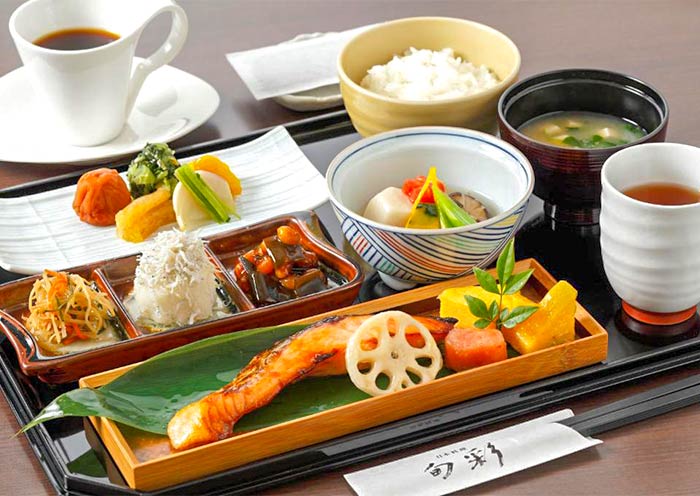
In a China Japan group tour, you will stay in well-selected 3-star hotels in China and 4-star hotels in Japan, located in convenient areas at each destination. All hotels feature windows, air-conditioning, hot water, showers,and Wi-Fi to ensure a comfortable stay.
You will share a standard twin room (two beds) with your travel partner. If you are traveling as a family of two, sharing the same room will be ideal. If you prefer to have your own room, a single room supplement will apply.
Please note: specific hotel requests cannot be accommodated for group tours. Hotel details will be confirmed three days before your tour begins.
Cancellation Policy
In the event that you need to cancel your trip, please ensure that you submit a written cancellation request. The calculation of cancellation fees will begin from the date we receive your written request.
The cancellation fees will be calculated as follows:
- 30–60 days prior to the departure date: a fee of 10% of the total tour price will apply.
- 15–29 days prior to the departure date: a fee of 30% of the total tour price will apply.
- 8–14 days prior to the departure date: a fee of 80% of the total tour price will apply.
- 0–7 days prior to the departure date: a fee of 100% of the total tour price will apply.
Your Worry-free Choices with Asia Odyssey Travel
Cancellation Policy
We provide a transparent overview of applicable fees.
Travel Insurance
Be covered for any unforseen circumatances.
Latest China Group Tours Reviews from Our Customers

christine l
Destination(s): Beijing, Xian, Shanghai, Guilin/Yangshuo, YangtzeRiver
Date of Experience: Apr 26, 2024
Tour Customized by: Vincent
You May be Interested in This Tour: Customized Tour

Scenic56196548232
Destination(s): Tibet
Date of Experience: May 28, 2024
Tour Customized by: Kayla
You May be Interested in This Tour: Customized Tour

customer
Trinidad
Destination(s): Beijing, Xian, Shanghai, Guilin/Yangshuo, YangtzeRiver
Date of Experience: May 03, 2024
Tour Customized by: Vincent
You May be Interested in This Tour: Customized Tour
